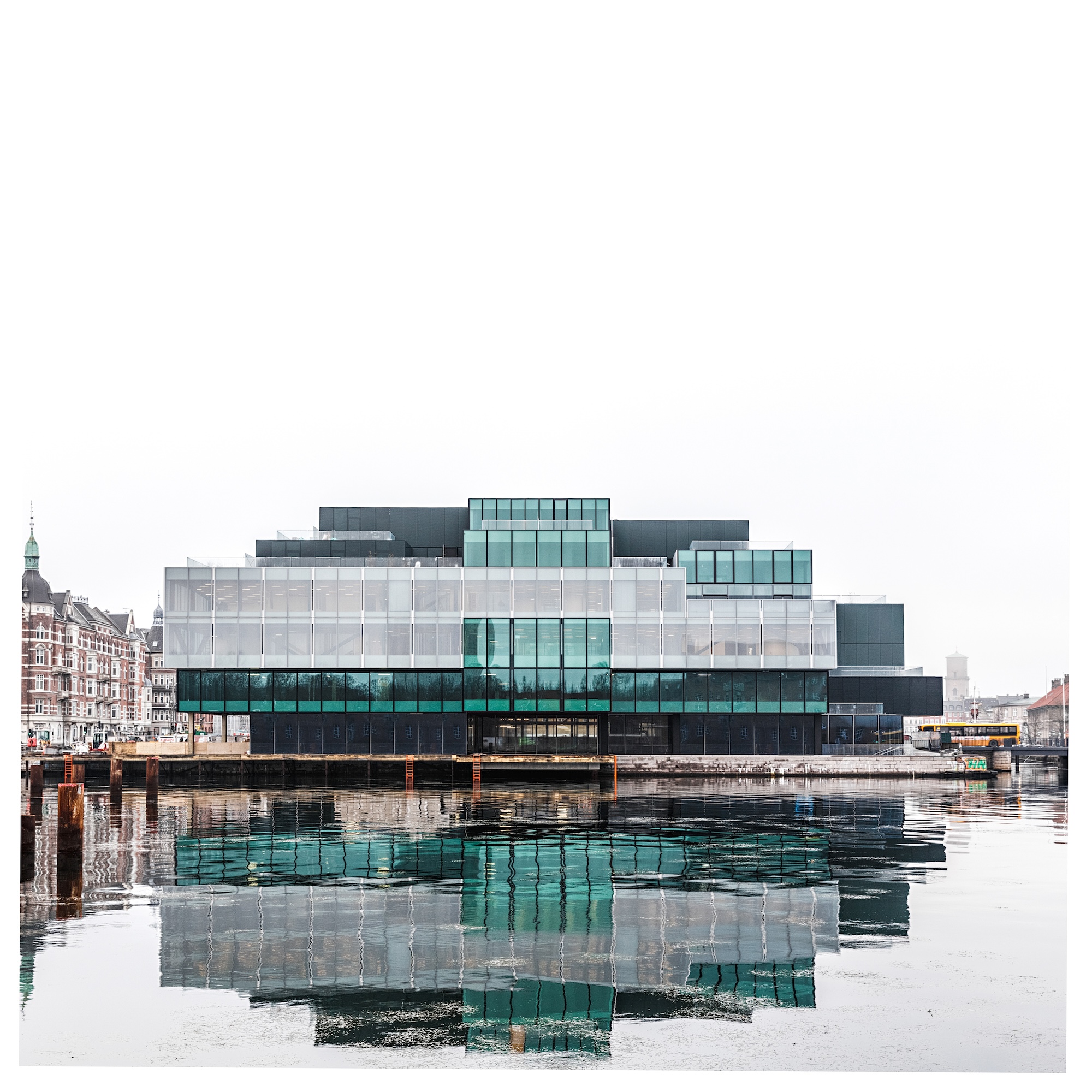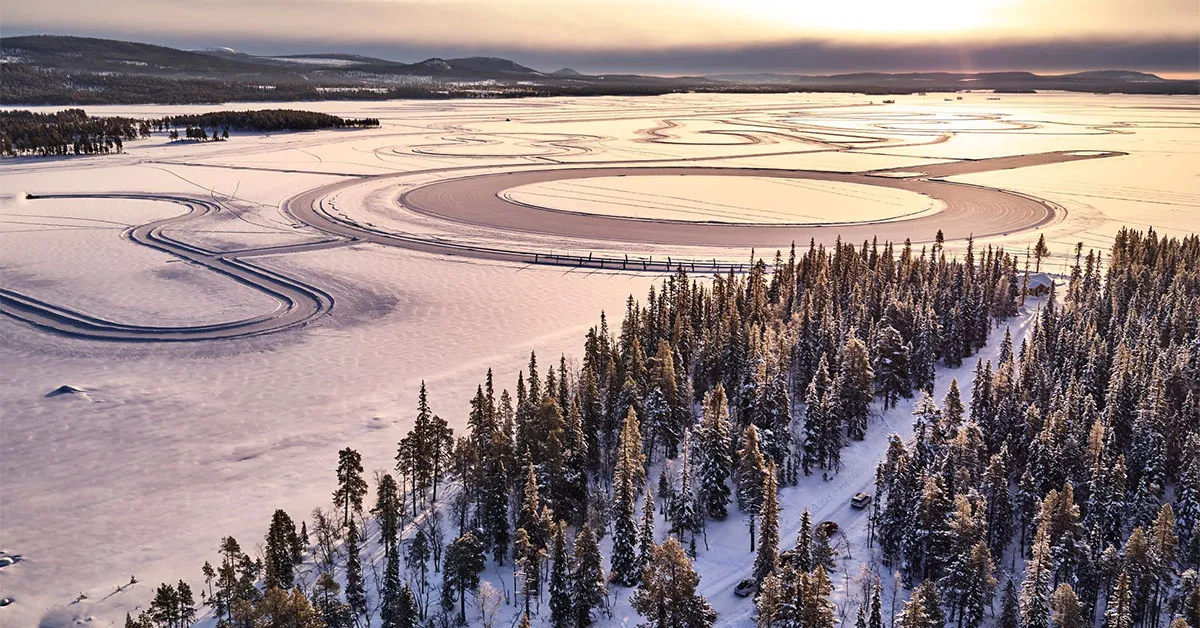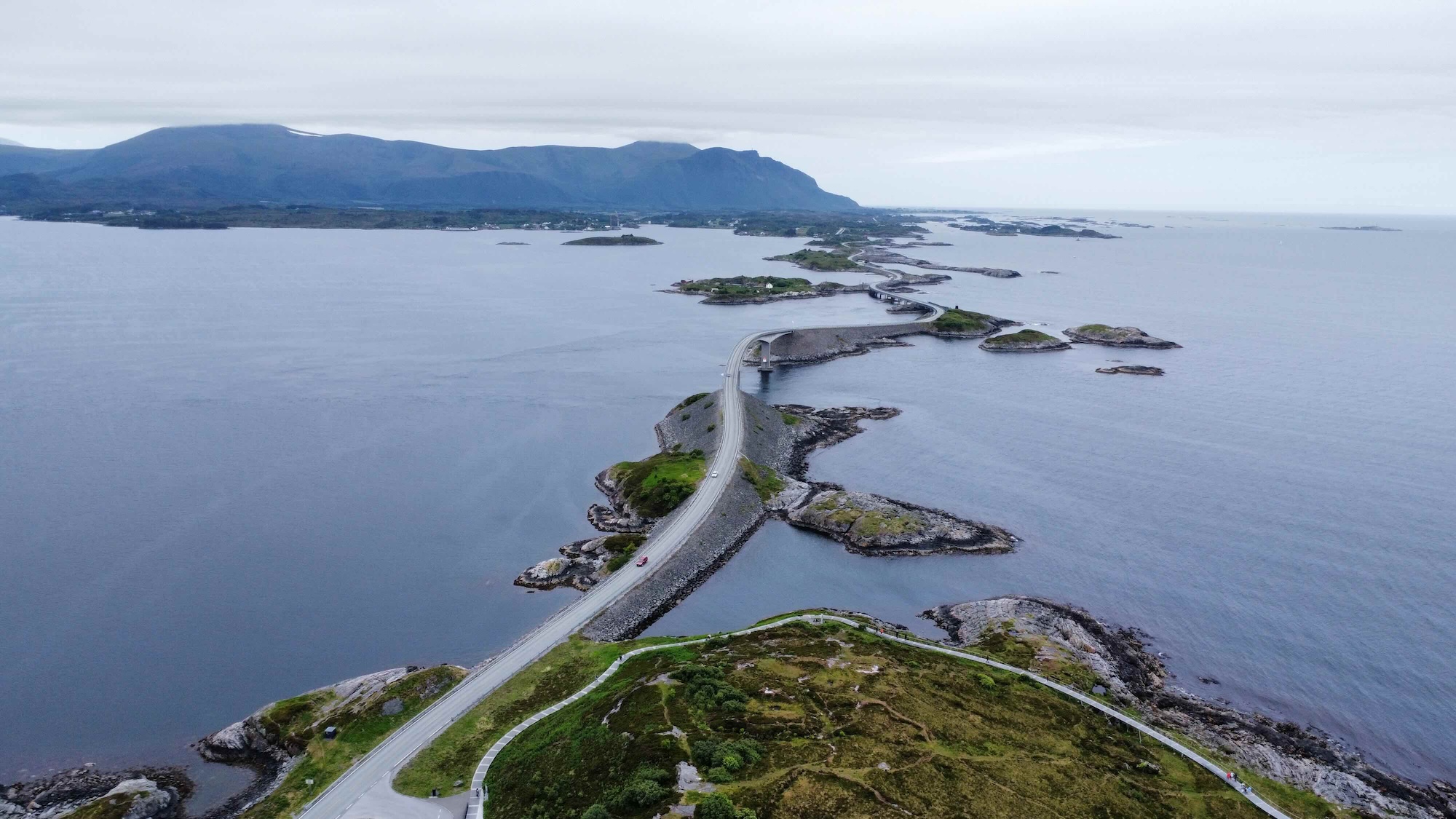
Production
Service
Greenland
Discover why Greenland is one of the worlds most spectacular places for film and photo shoots.
Greenland offers breathtaking, untouched arctic landscapes and dramatic natural lighting, perfect for creating visually stunning films
Our local expertise is essential when filming in Greenland's extreme conditions.
Featured Projects
Extreme E: Season 1 - Greenland
Host Broadcast: Aurora Media
Extreme E is an innovative and radical new off-road racing series that showcases electric SUVs and future technologies in some of the world’s most remote and challenging environments. Racing in locations damaged by climate change, the goal is to maximise awareness around these issues, whilst minimizing the environmental impact.
We had the task of securing the required permits and establish the logistic infrastructure for executing the race in Kangerlussuaq, Greenland.
Locations
Greenland offers breathtaking and untouched scenery, including vast icebergs, glaciers, fjords, snow-capped mountains, and arctic tundra. These remote, pristine landscapes provide epic visuals for your photo or film production.
All
Urban
Nature
Architecture
Interior
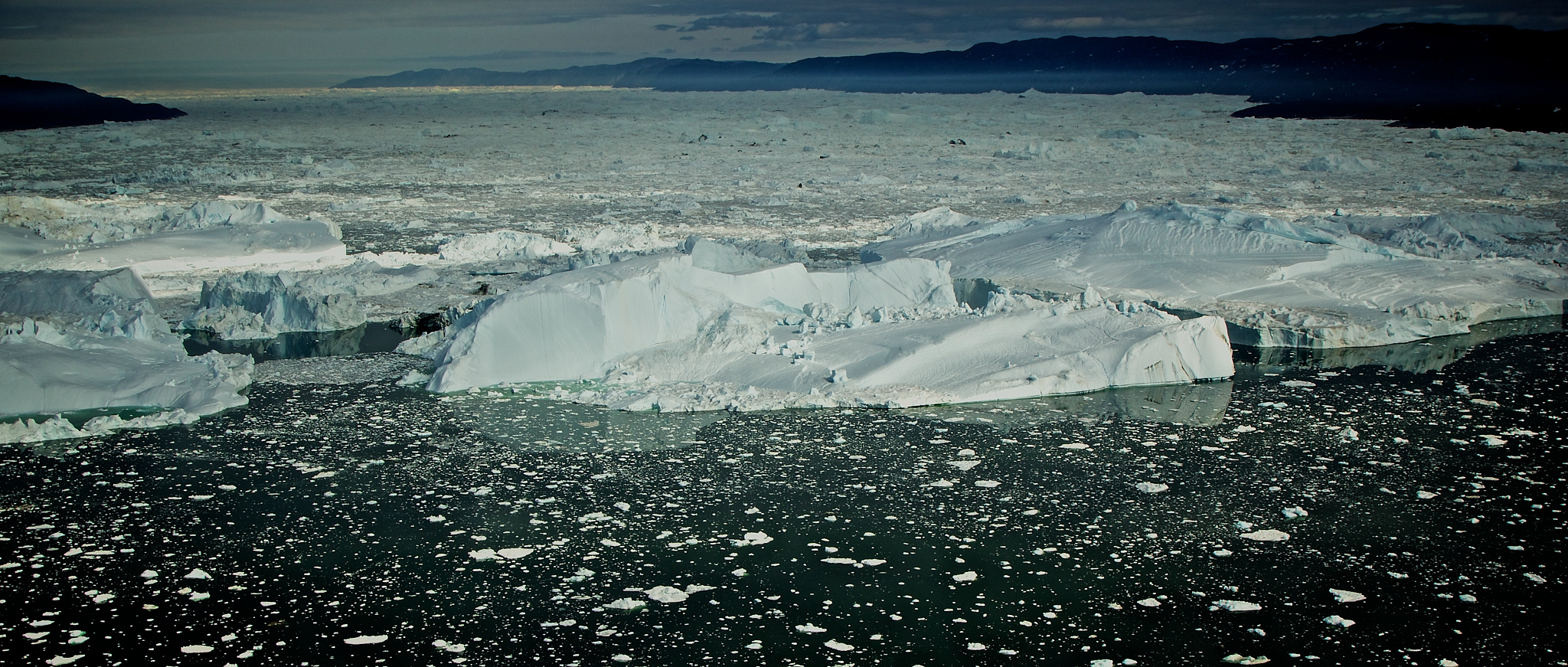

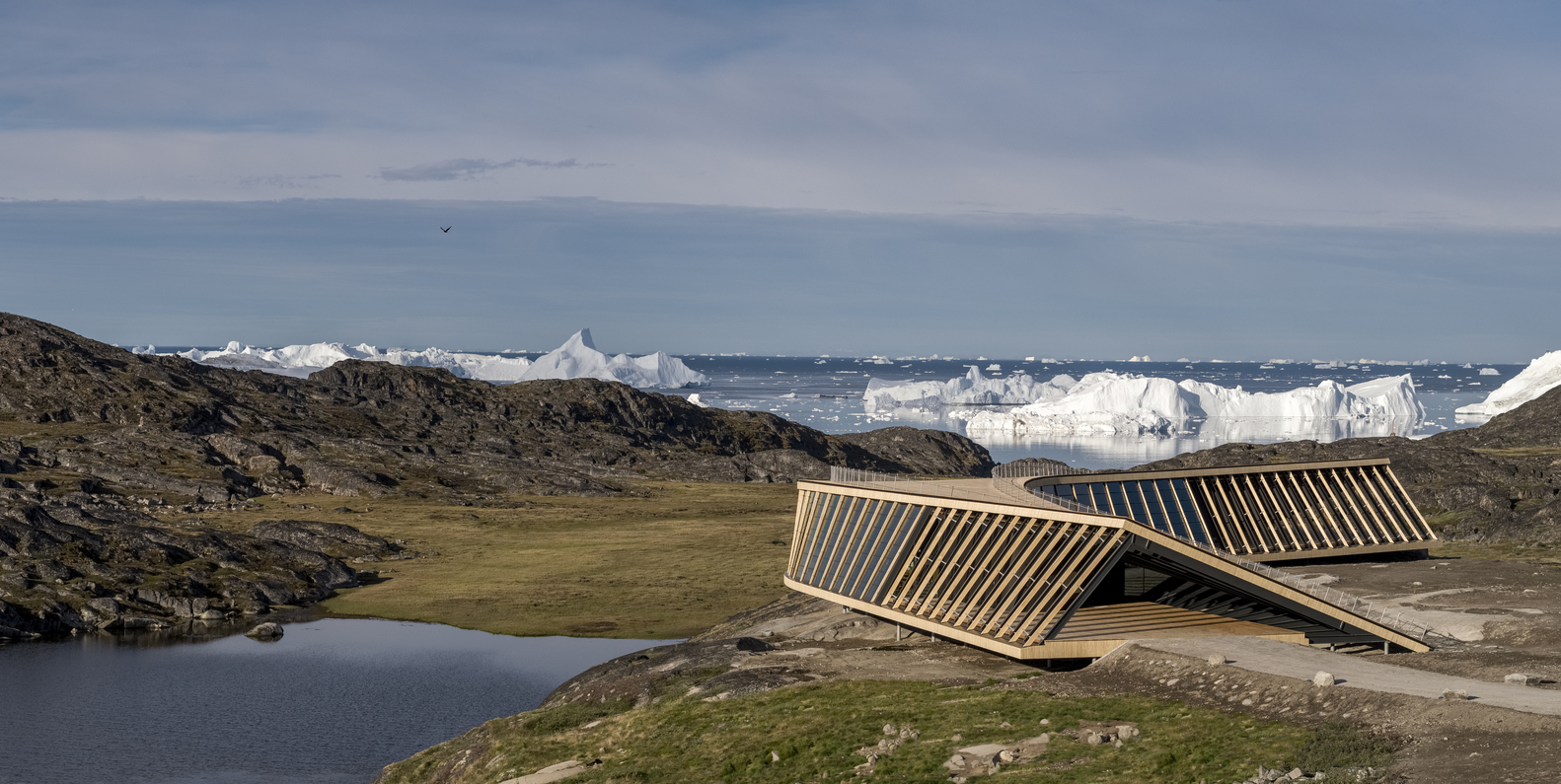

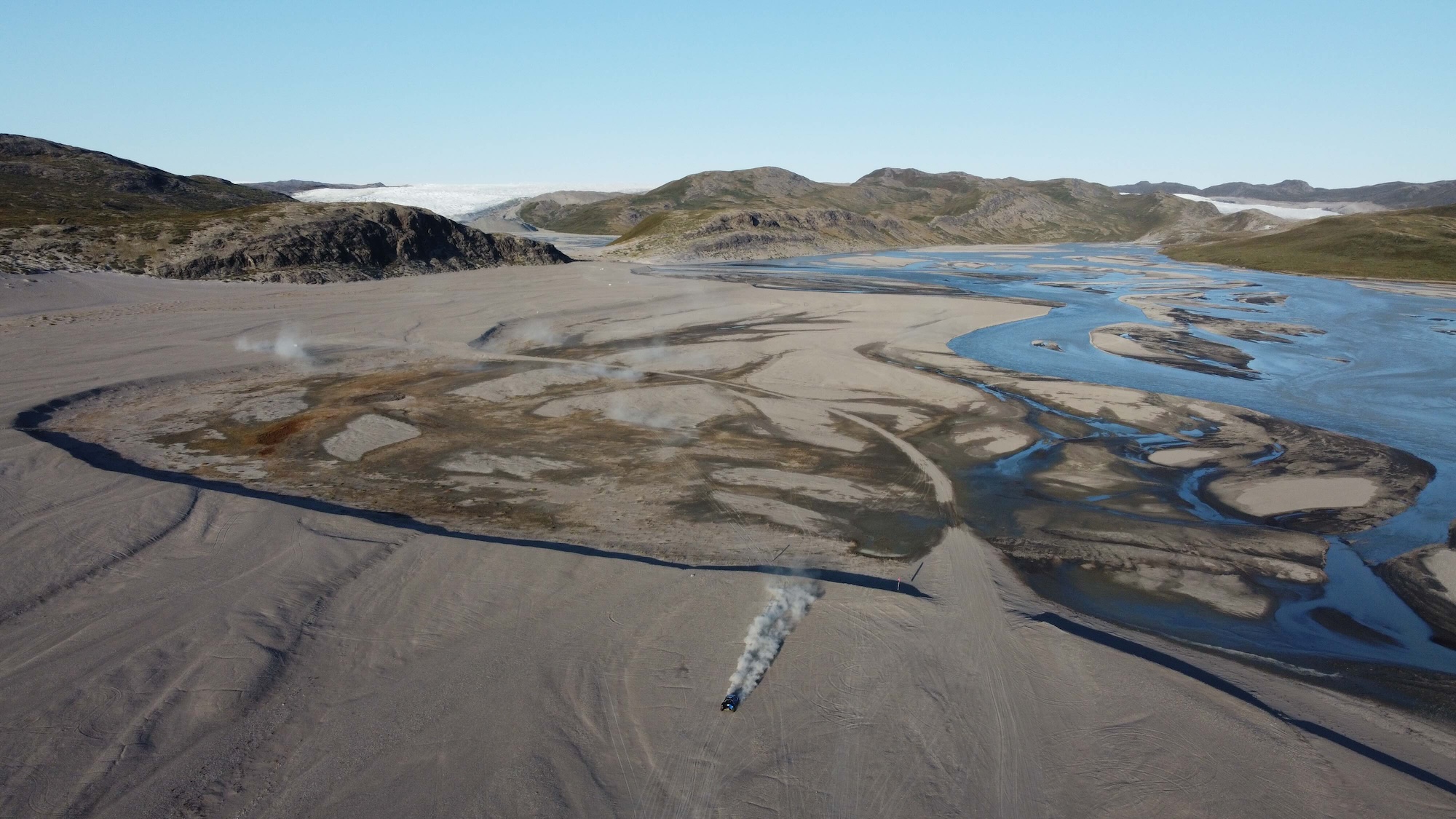

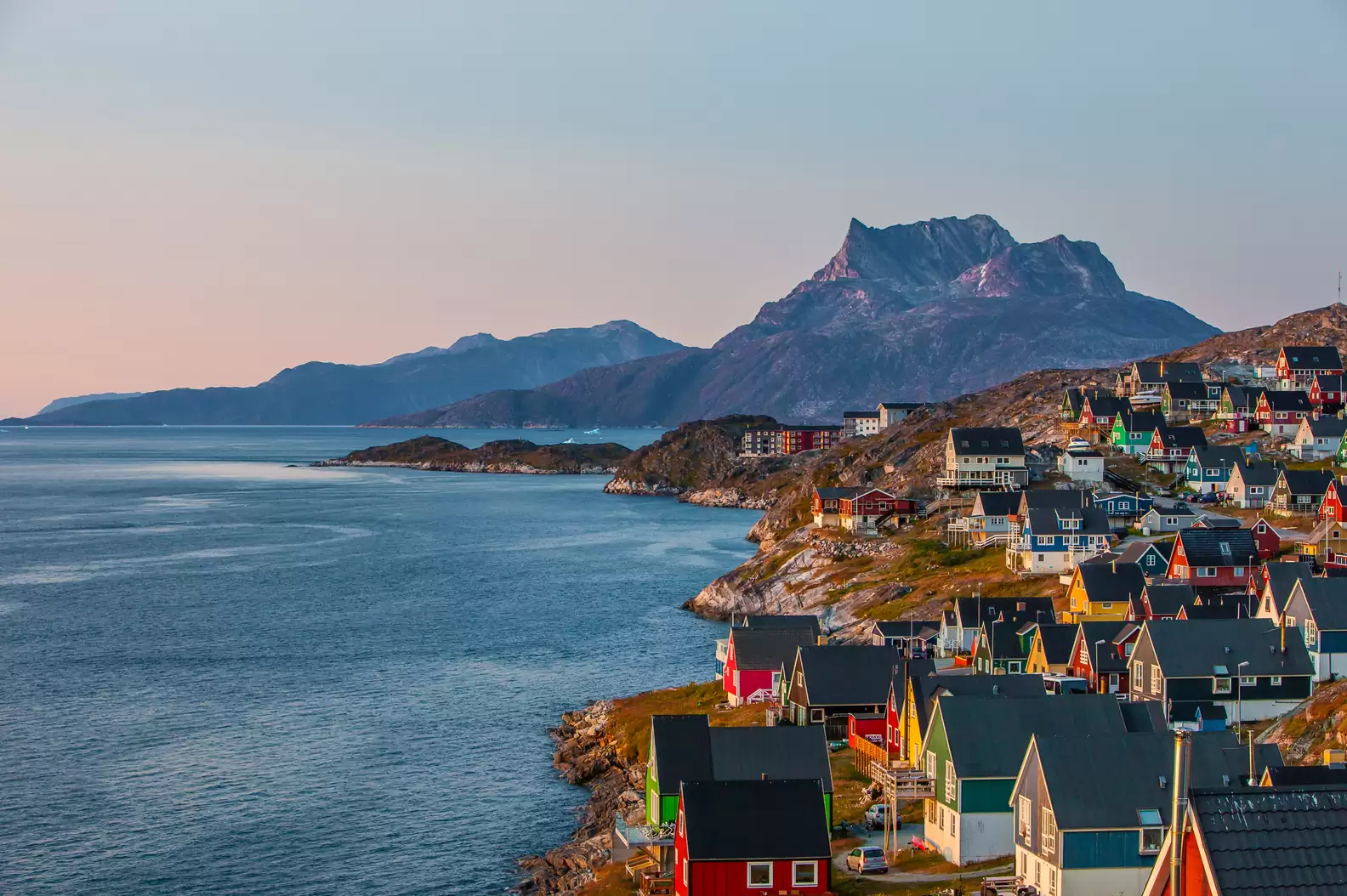

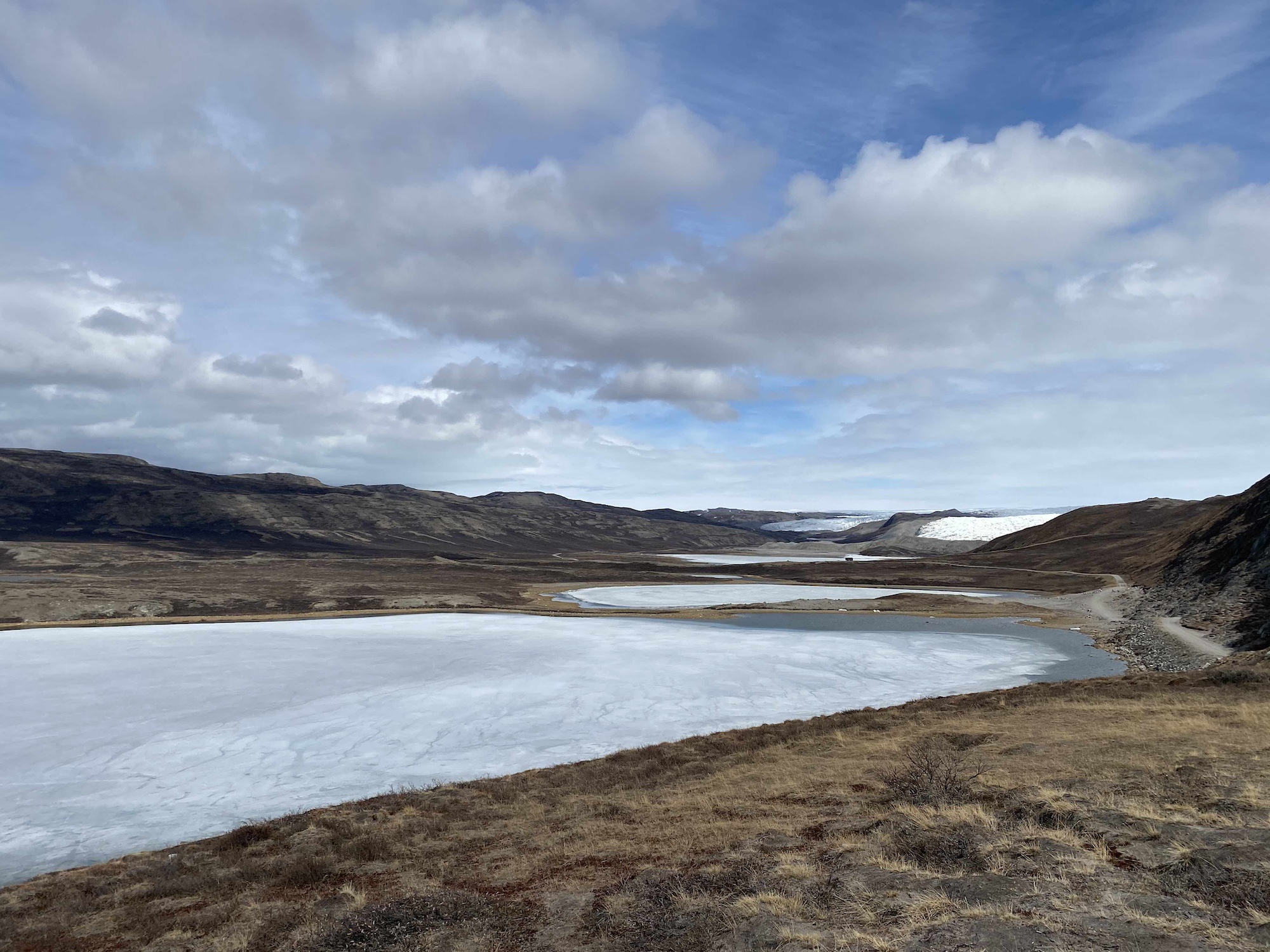

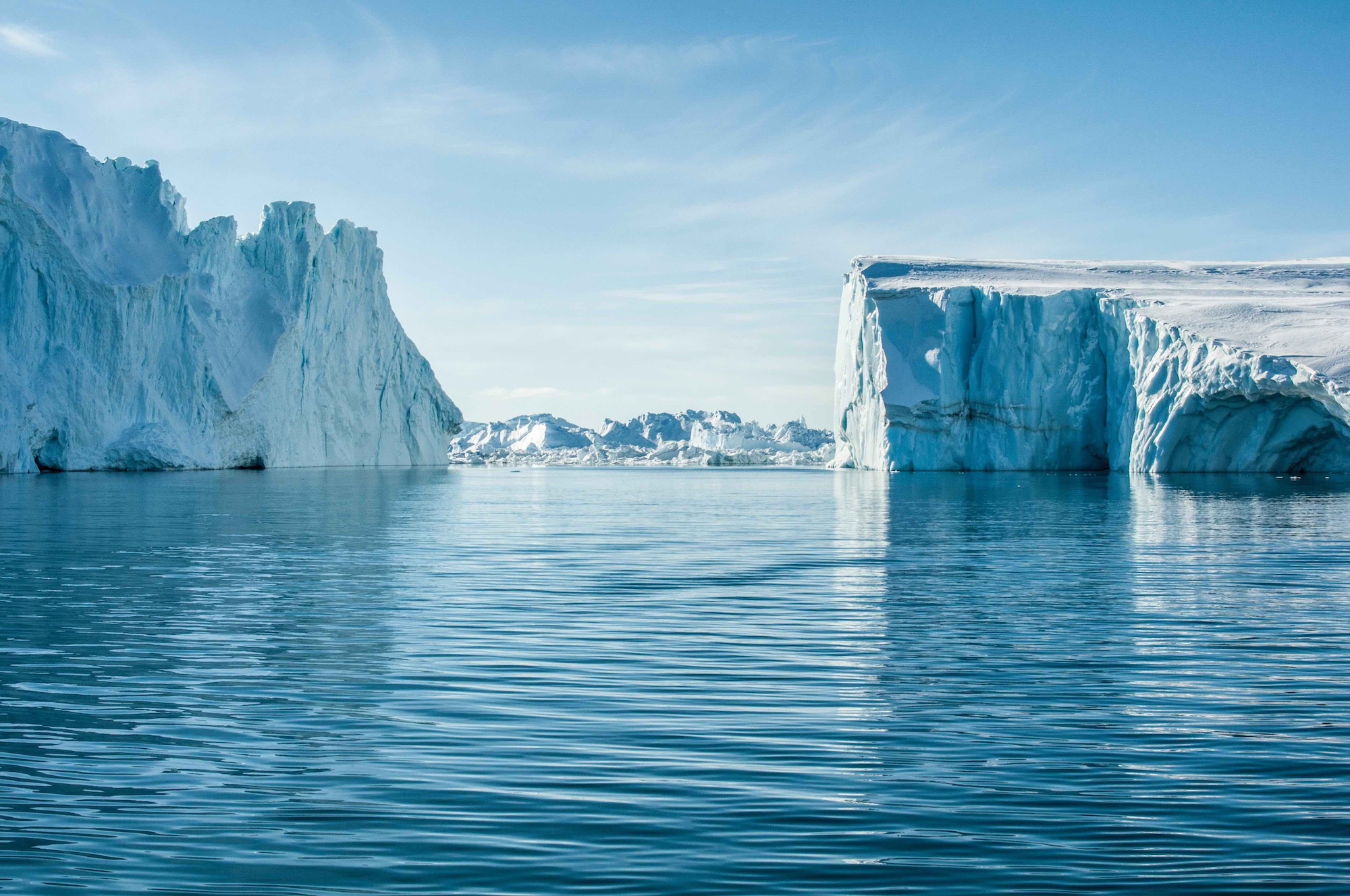

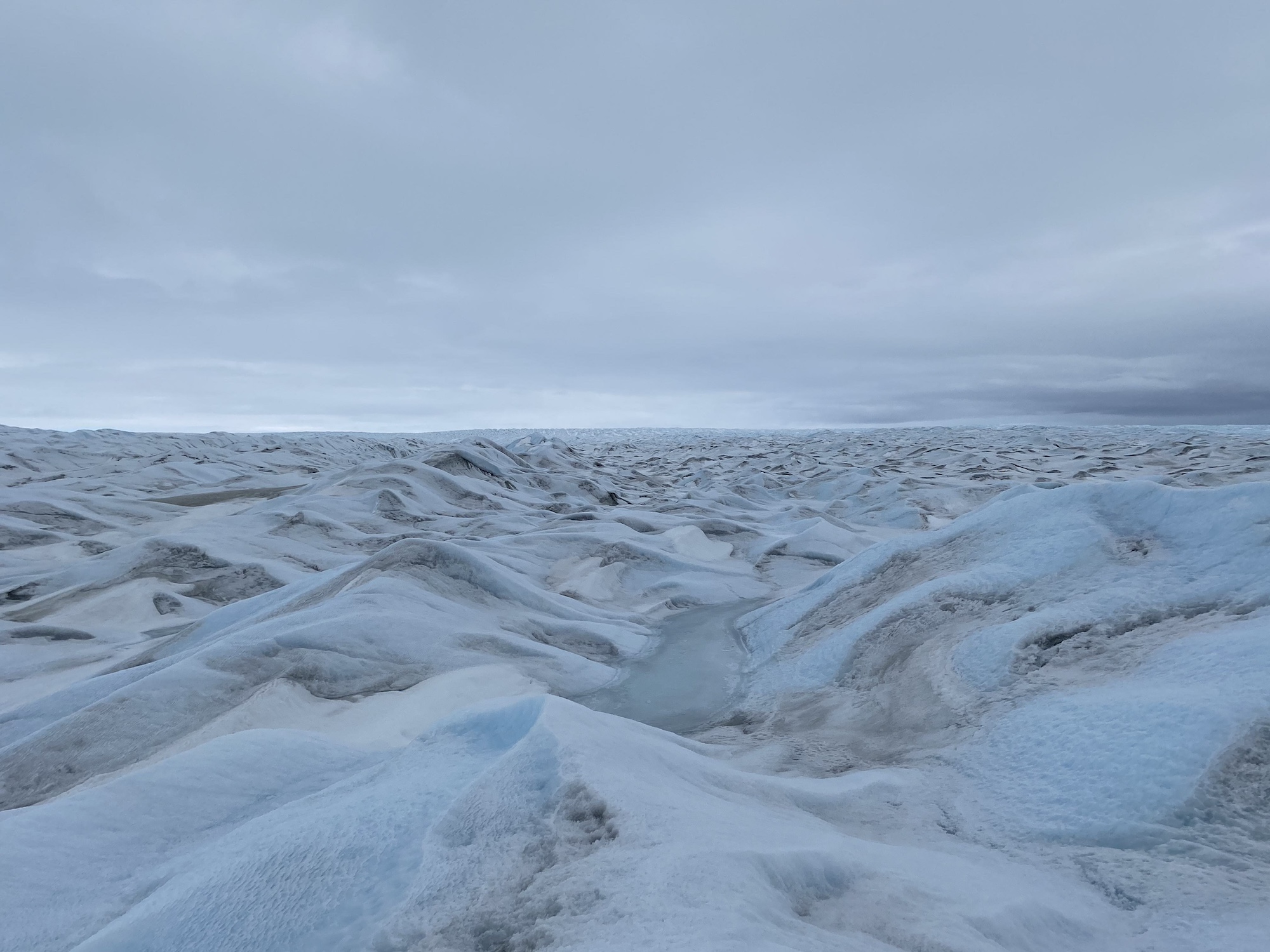

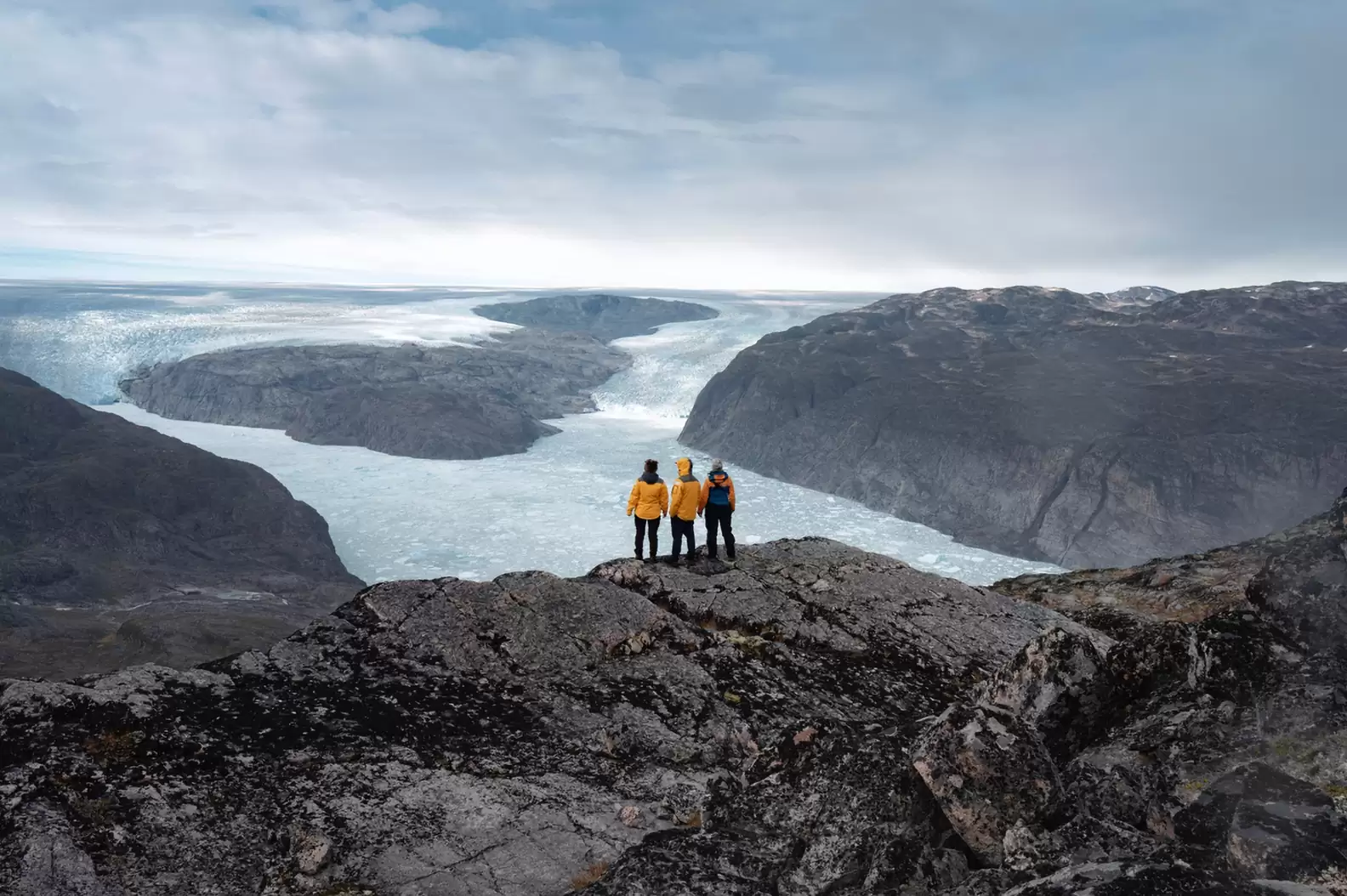

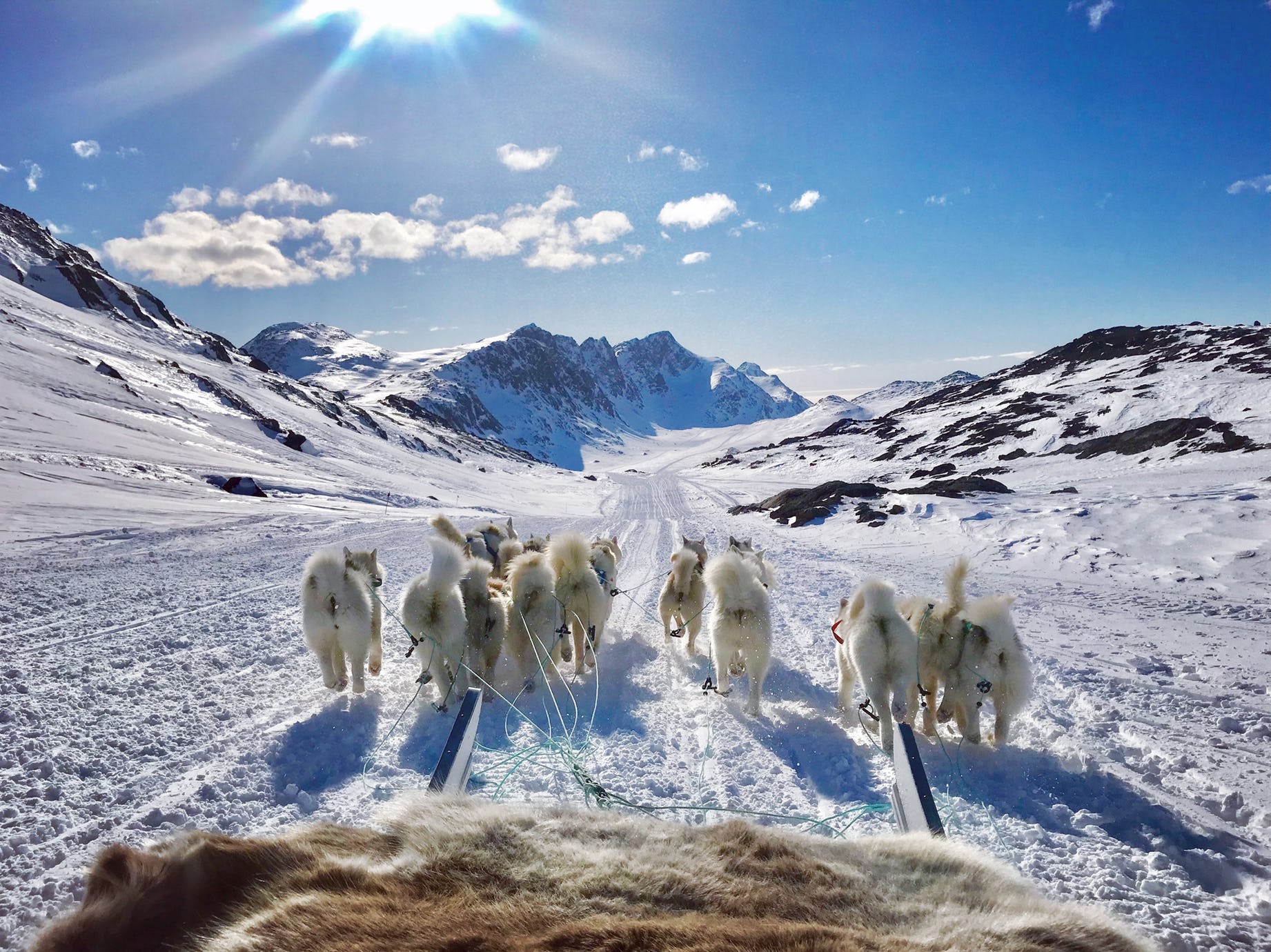

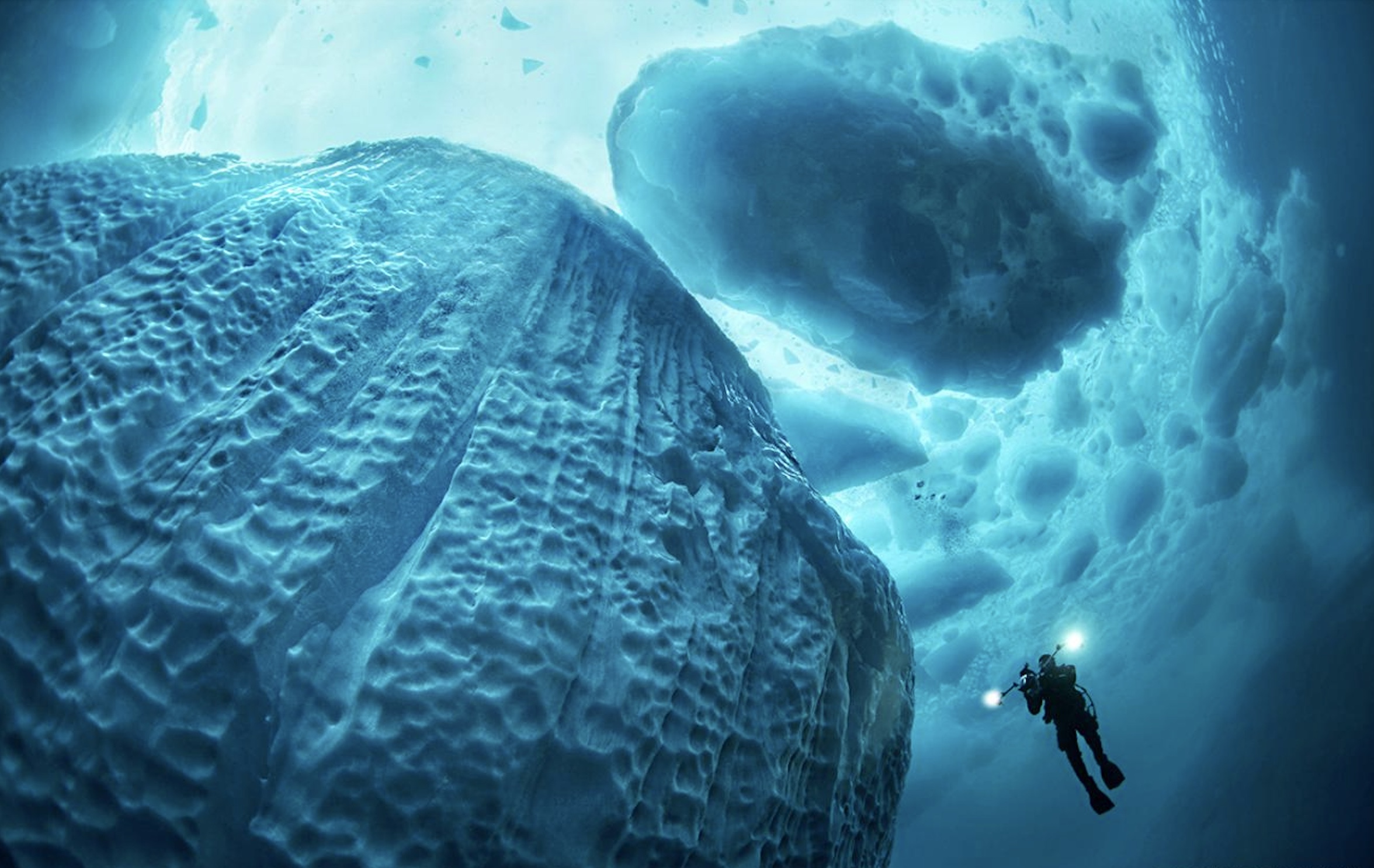

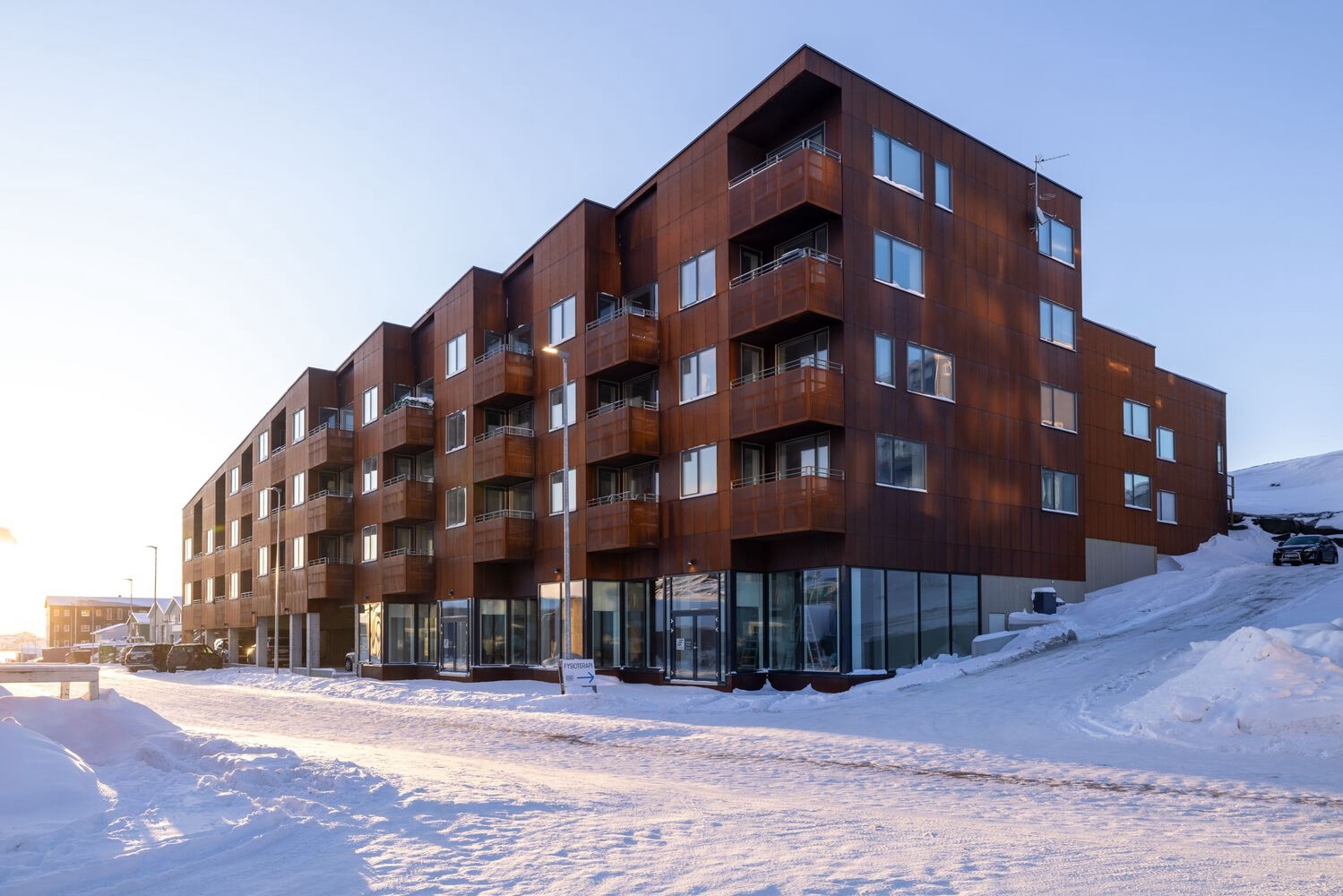

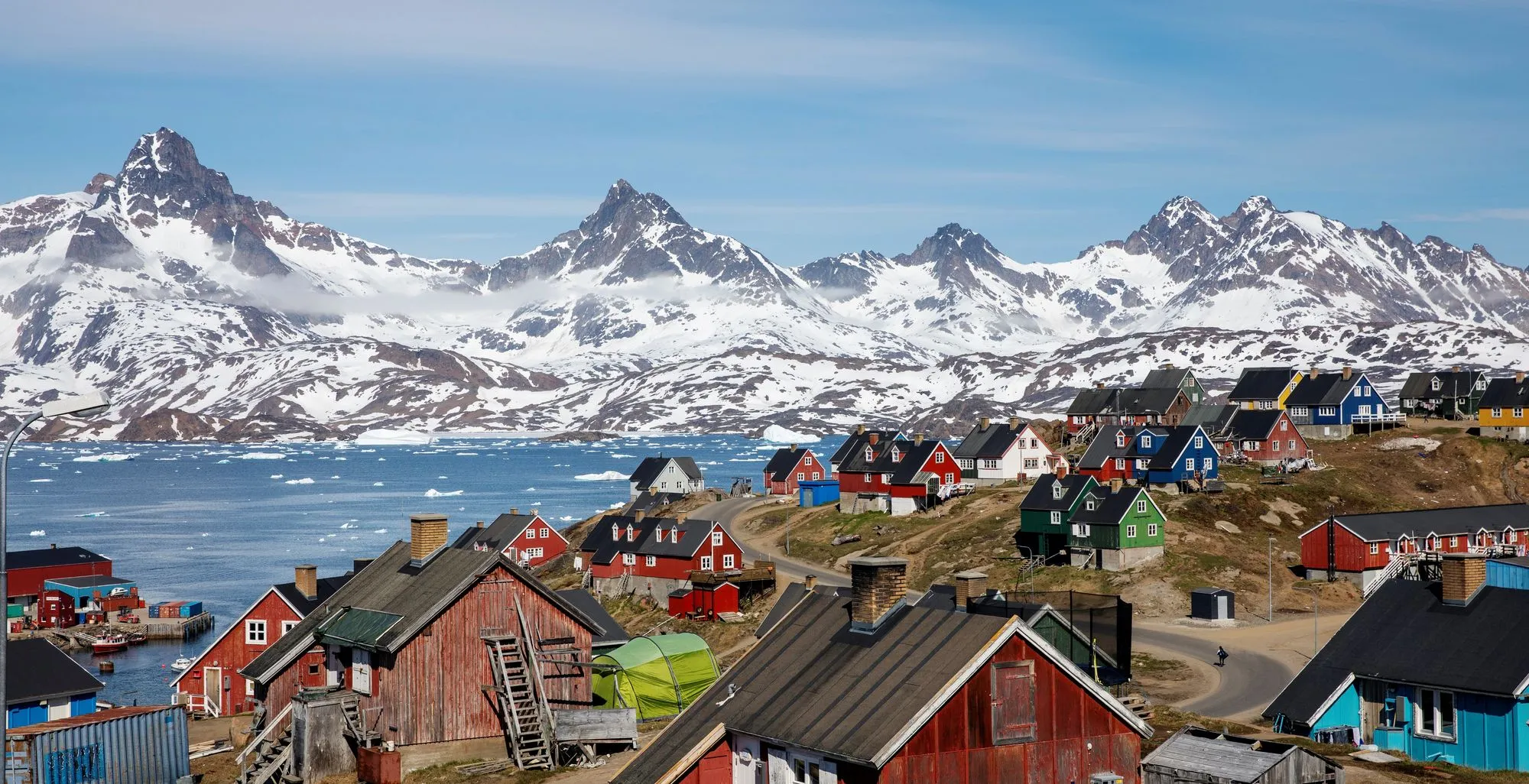

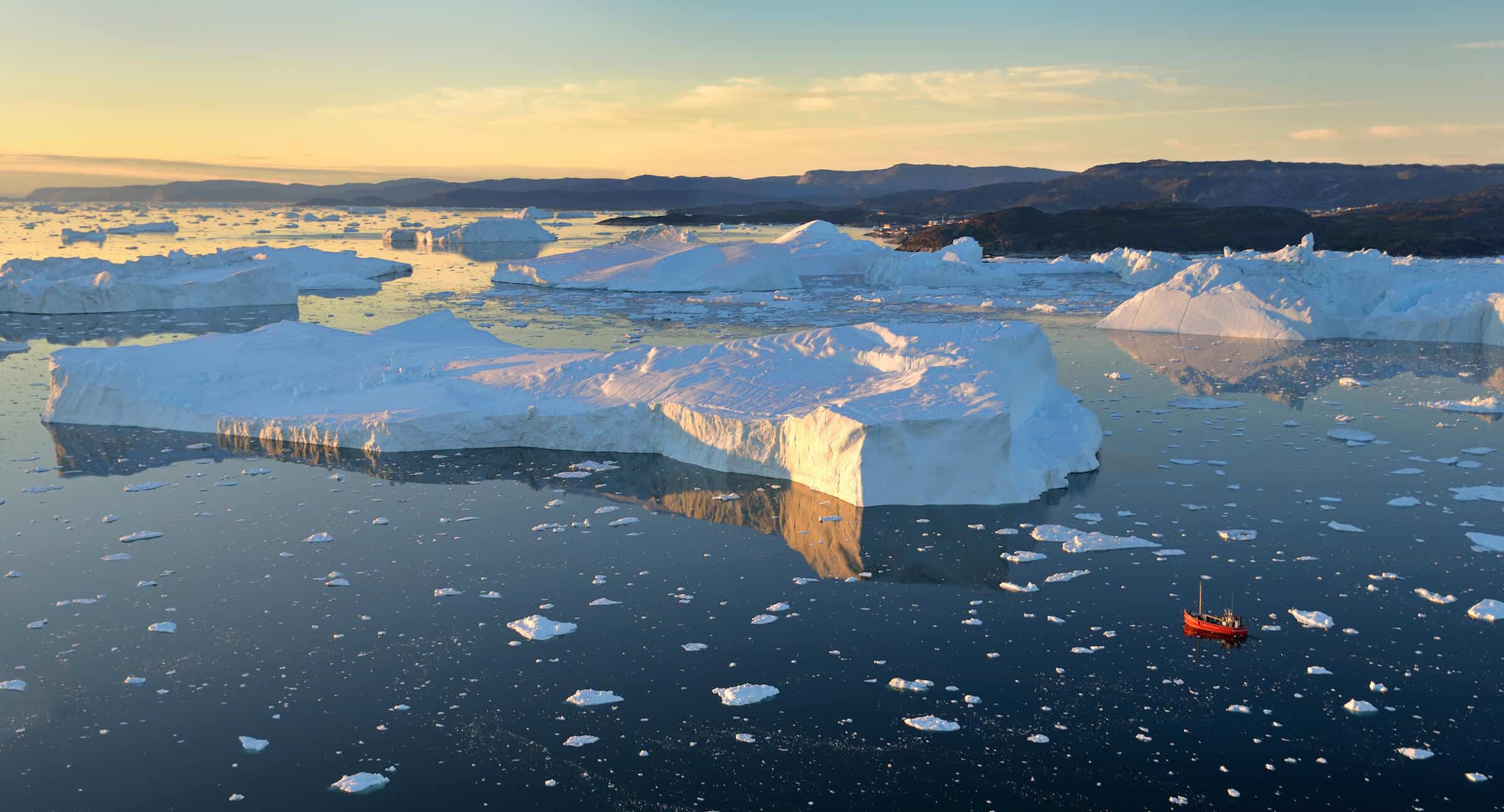

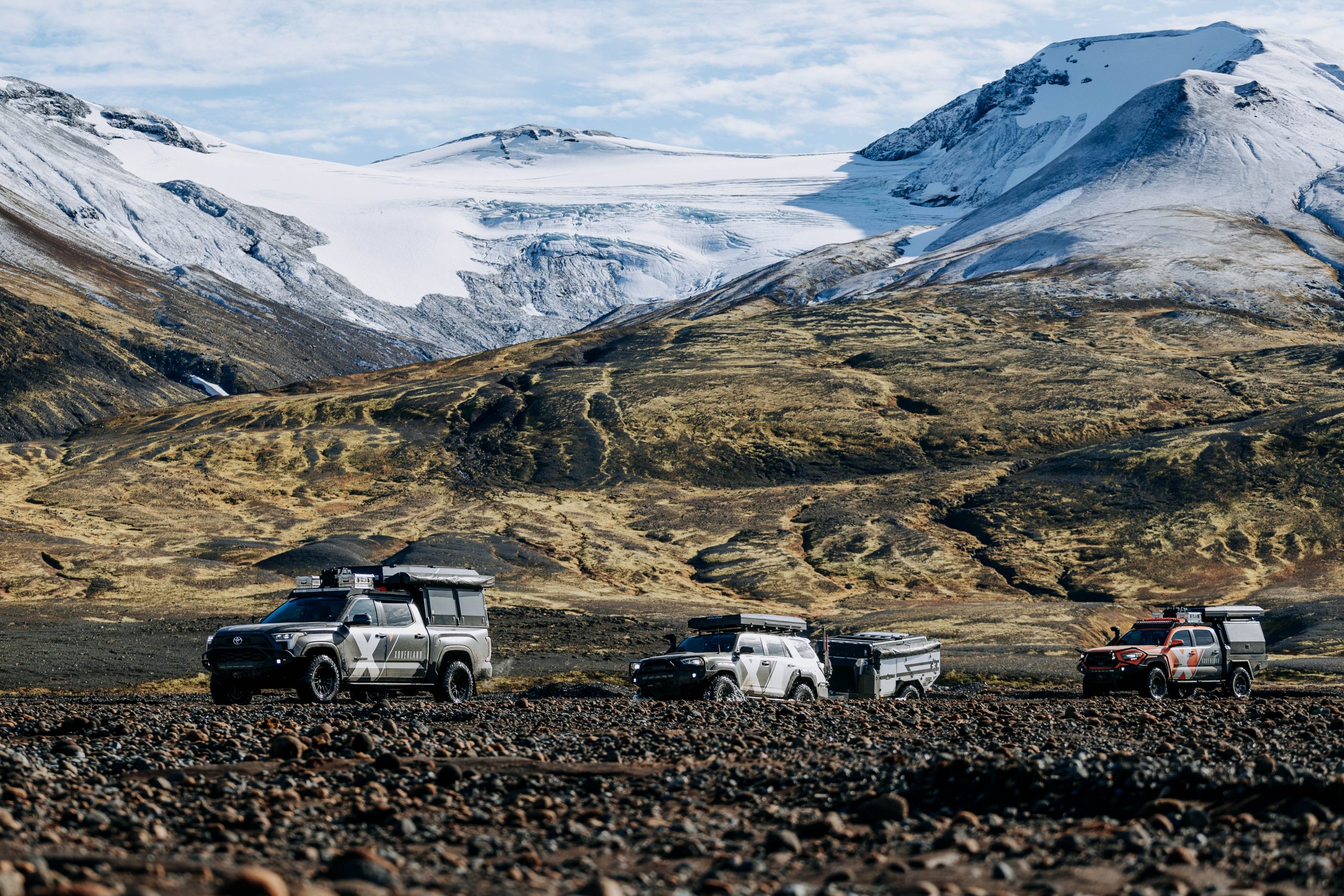

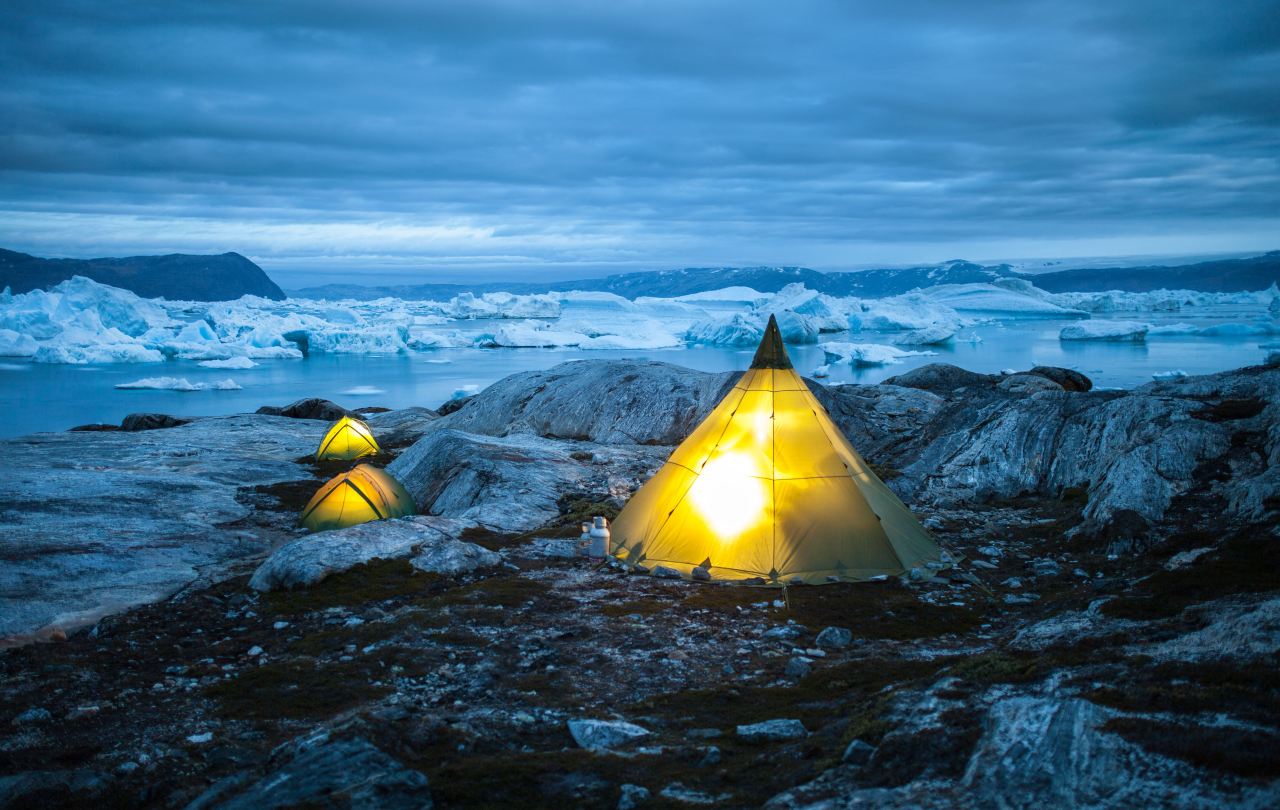

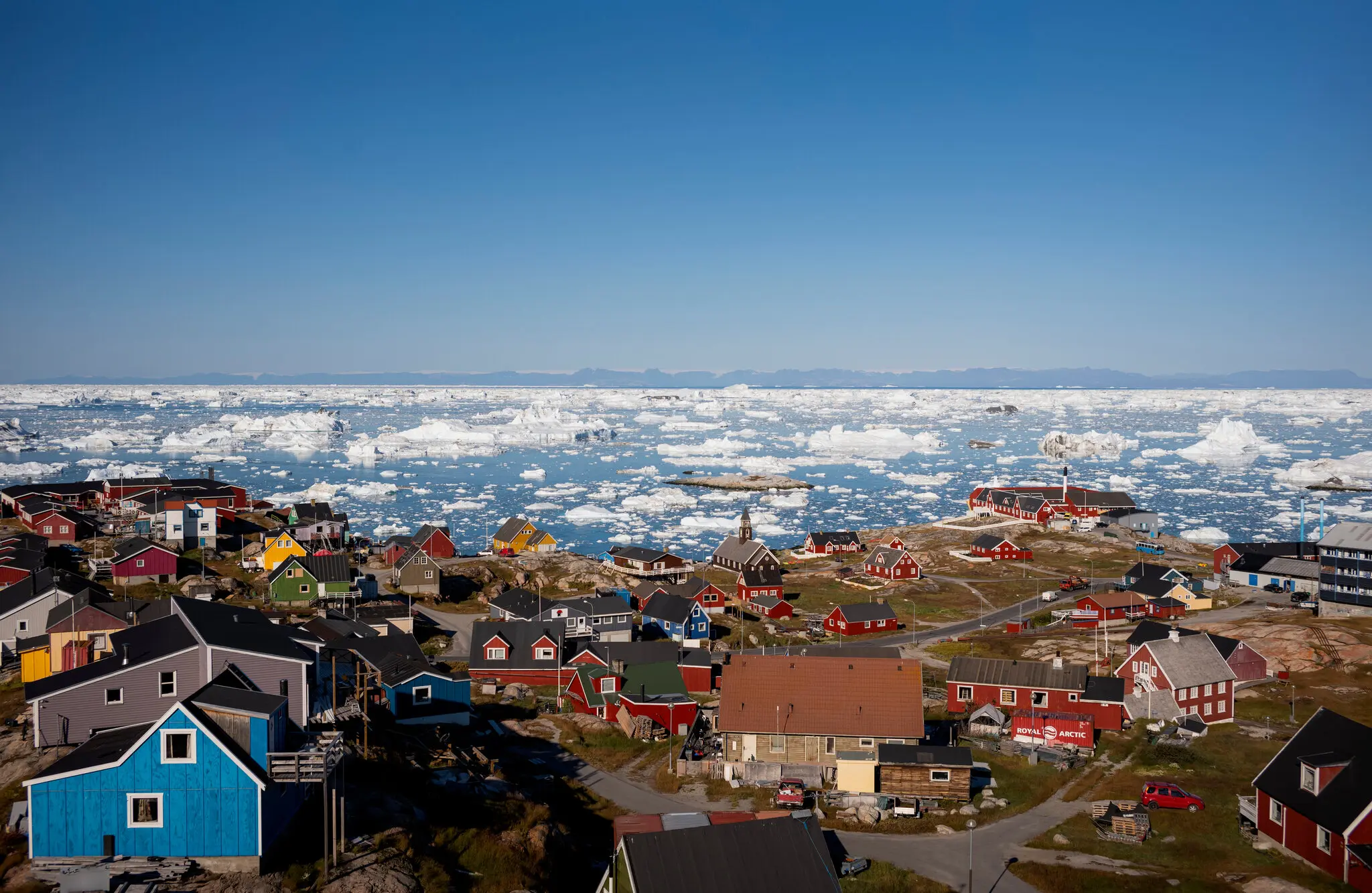

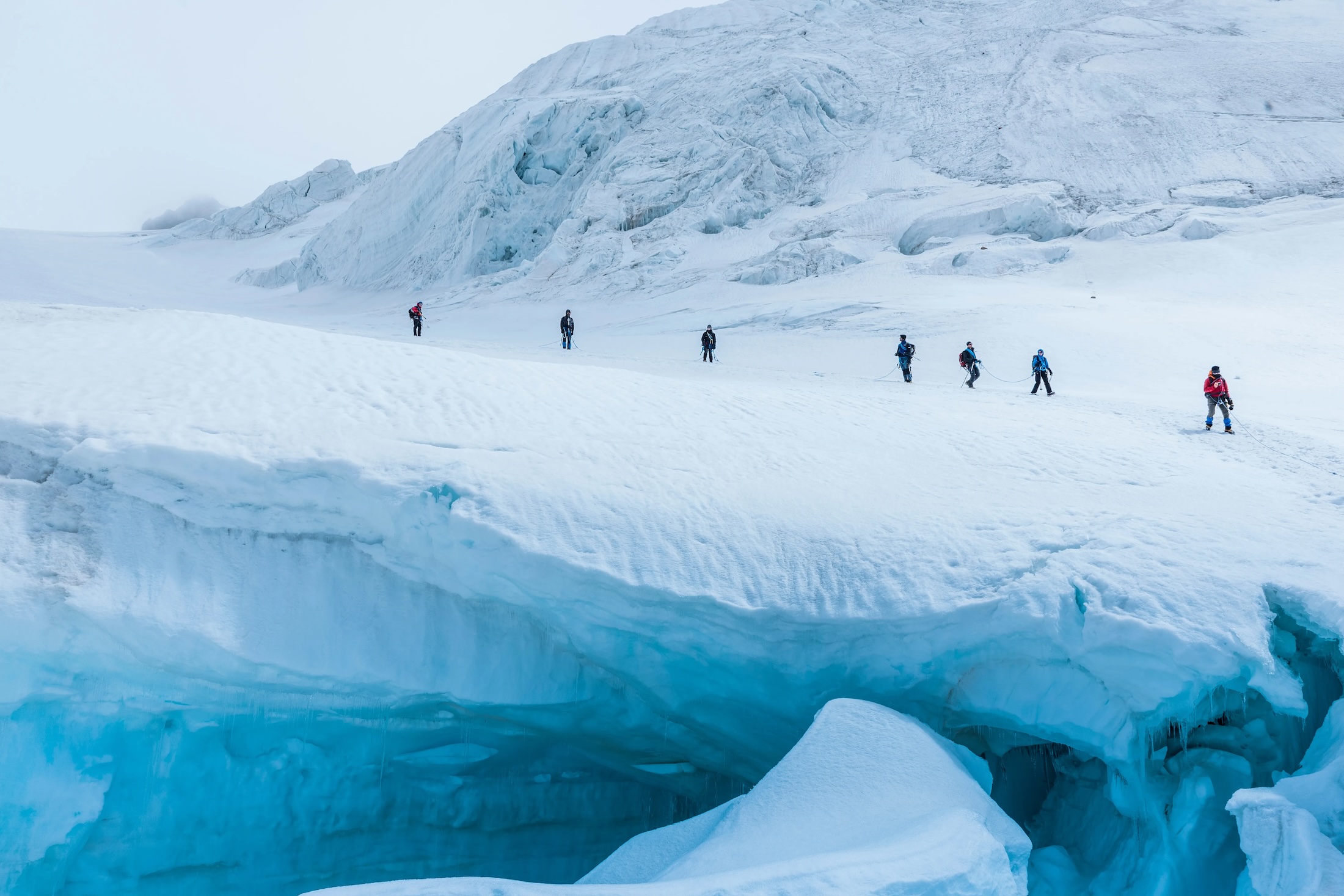



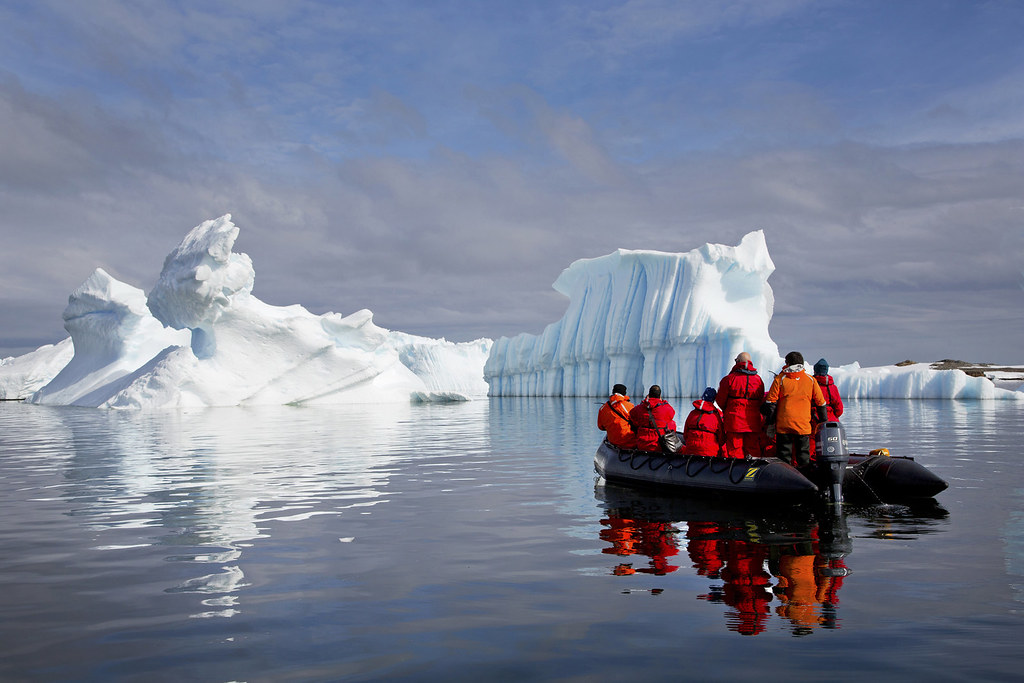

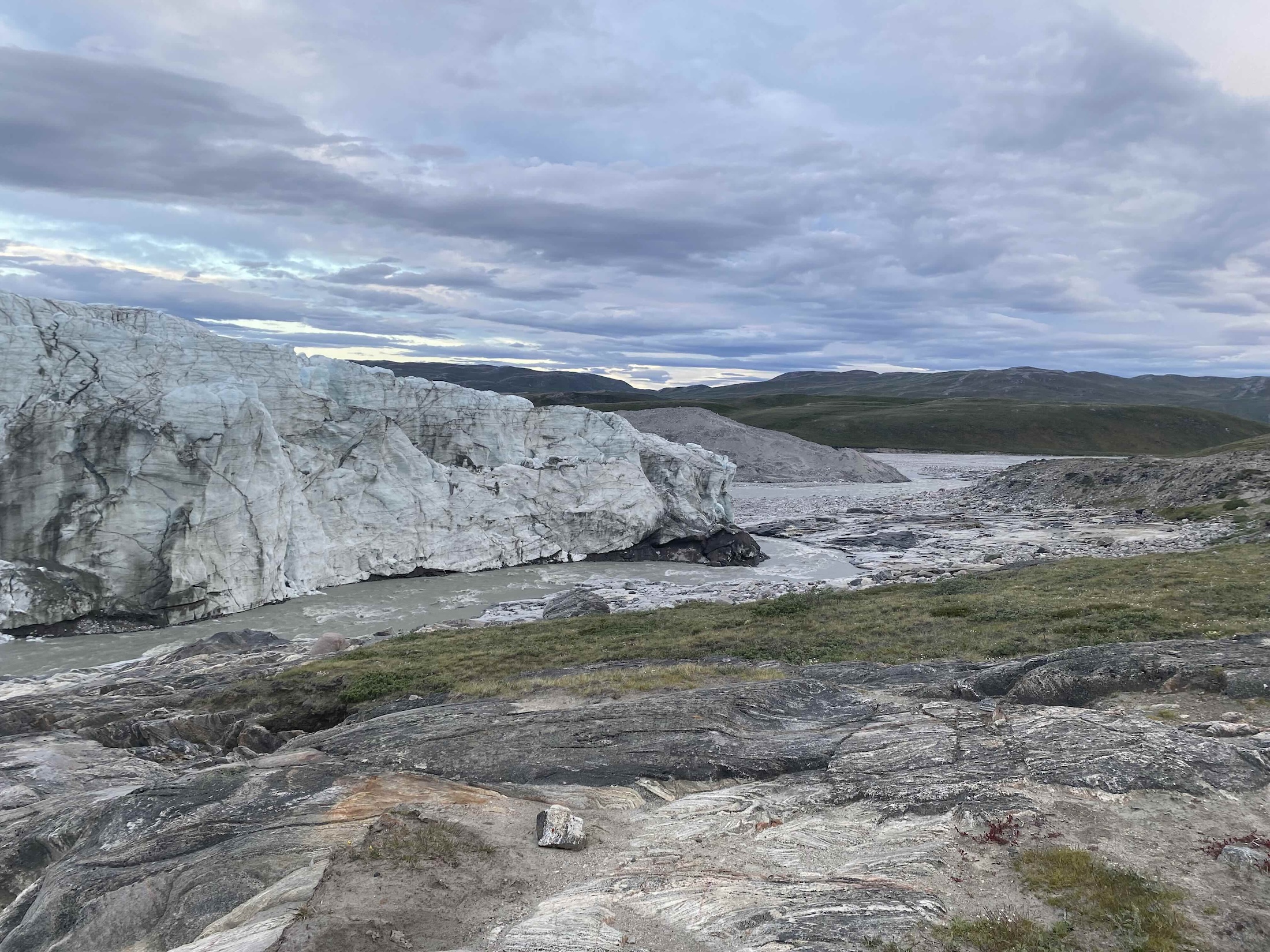

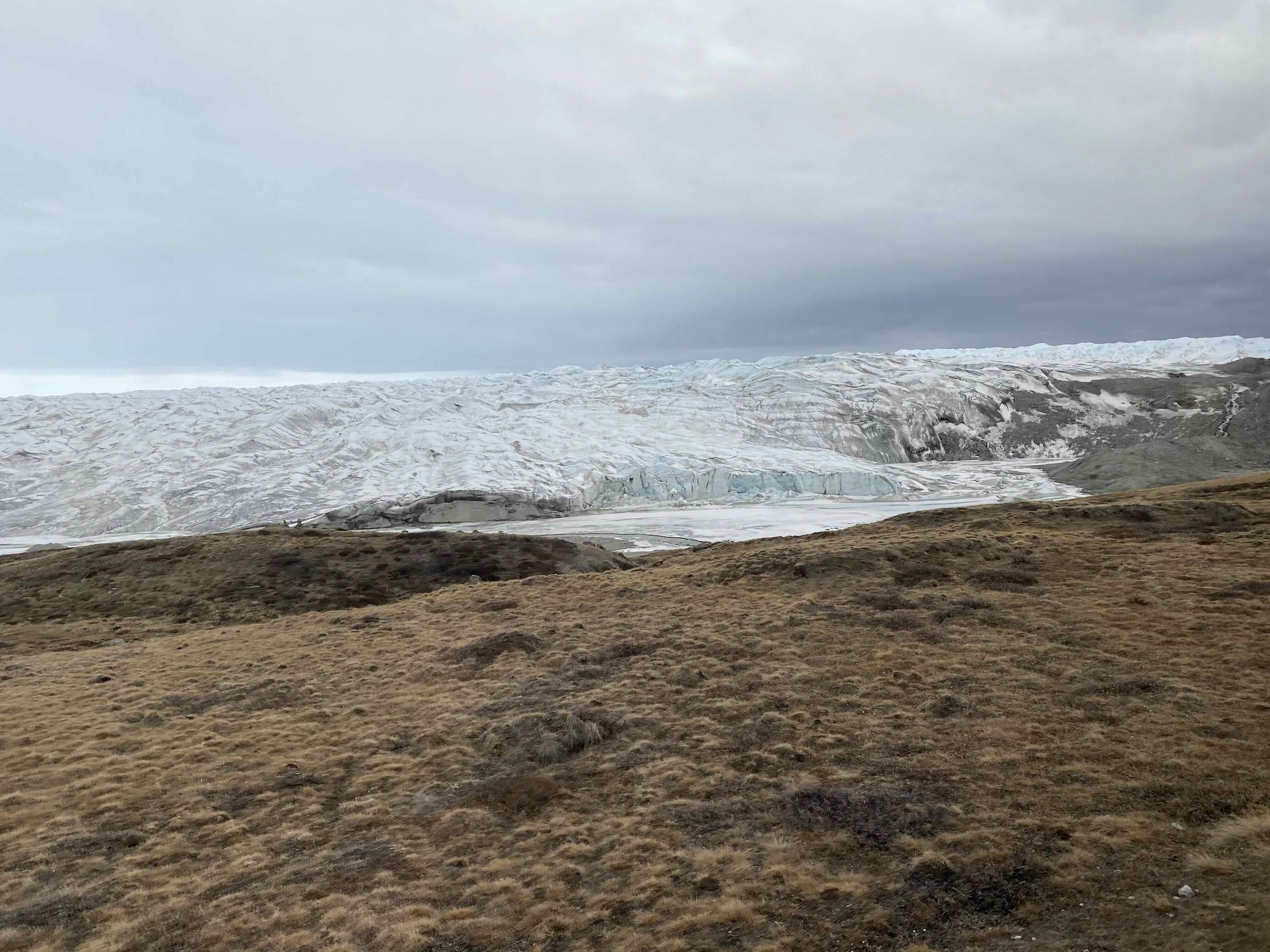



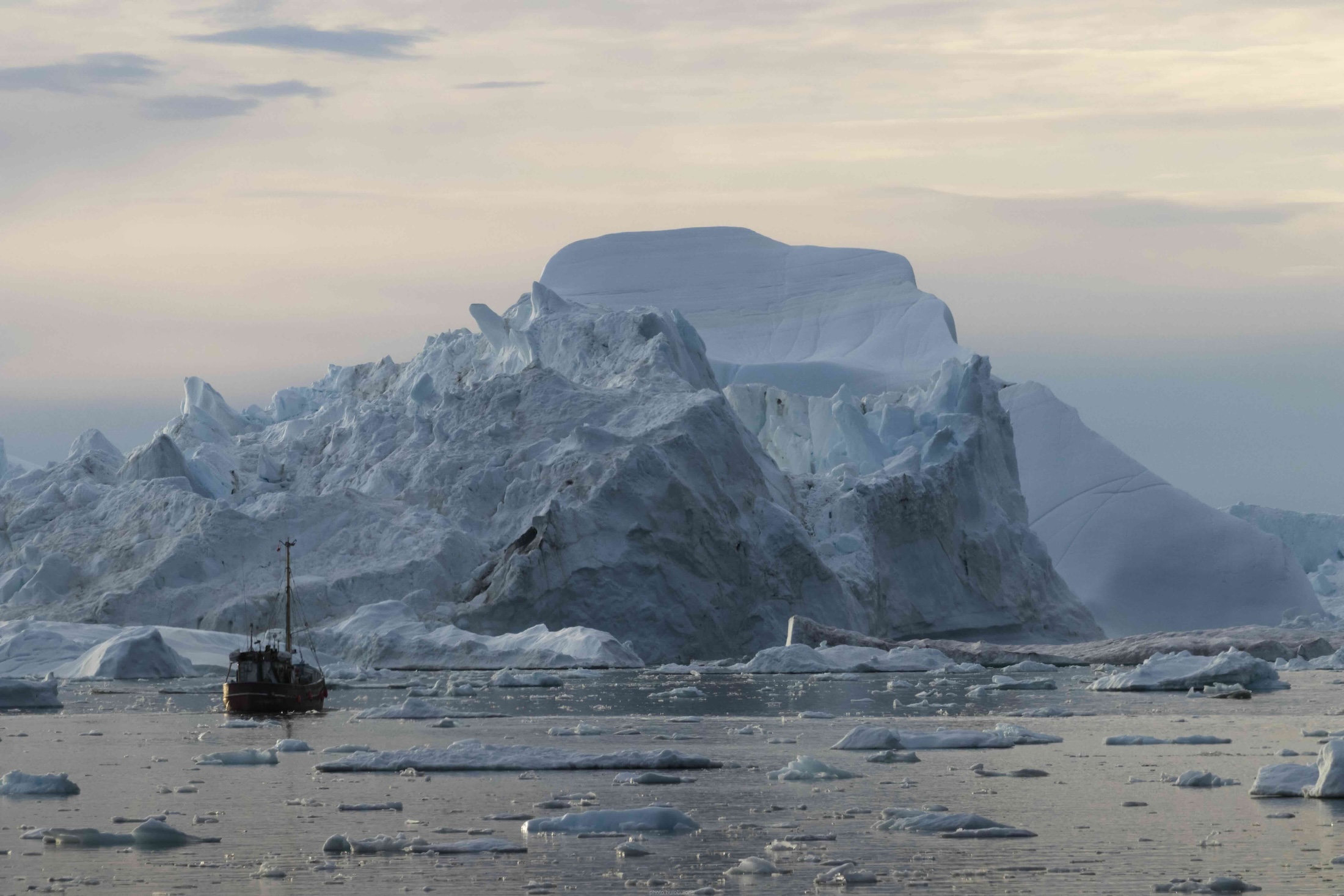

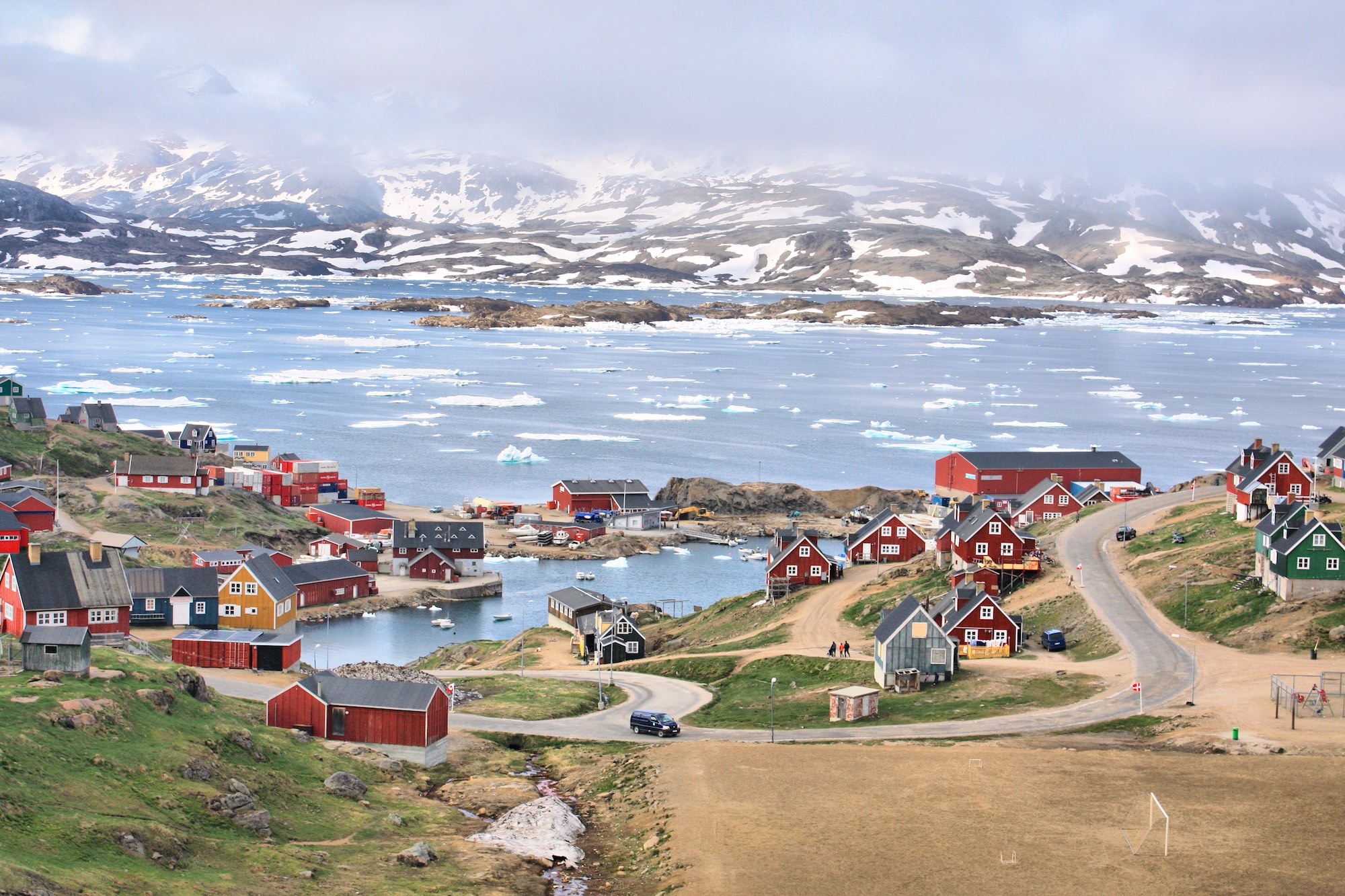

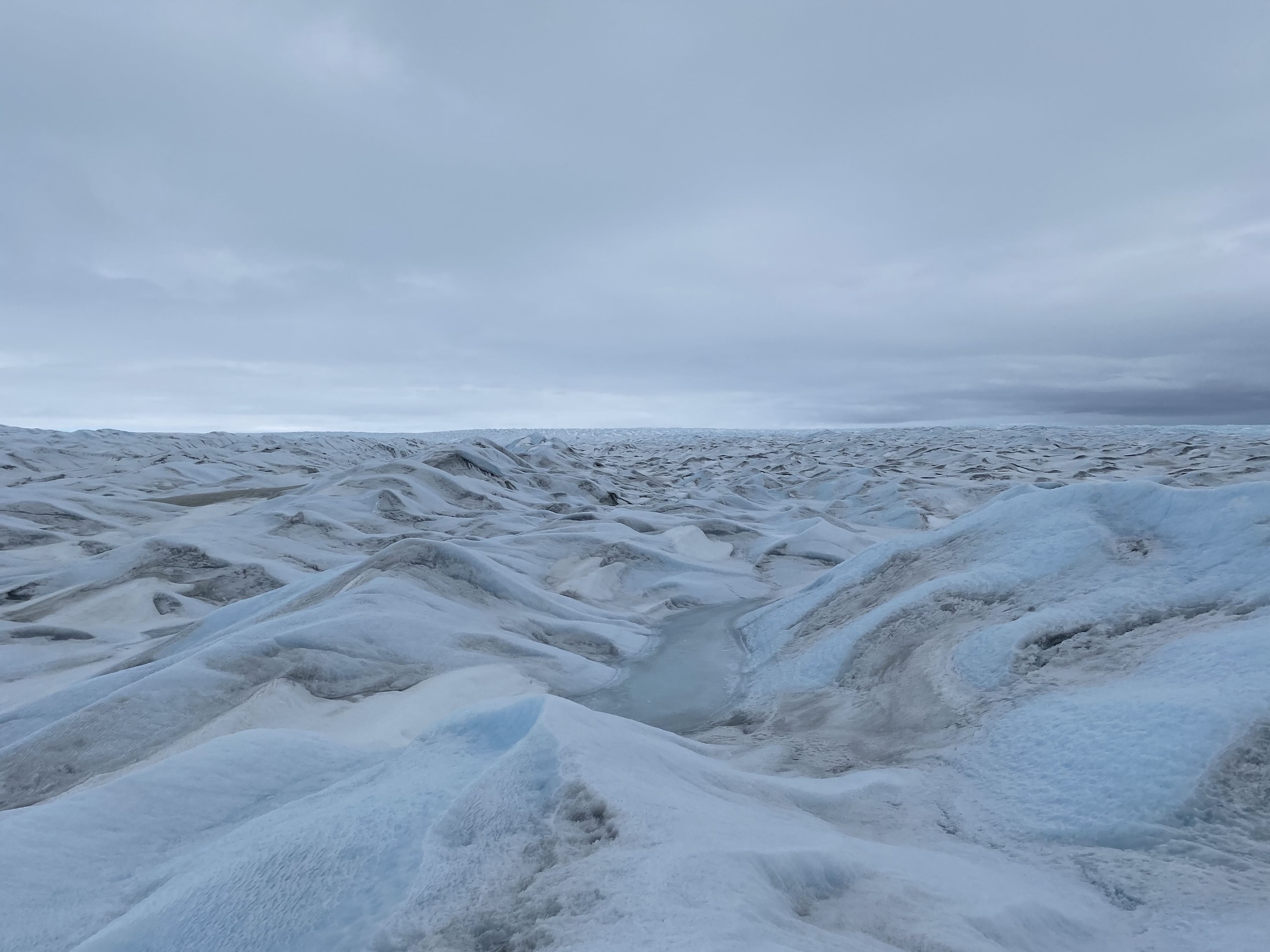





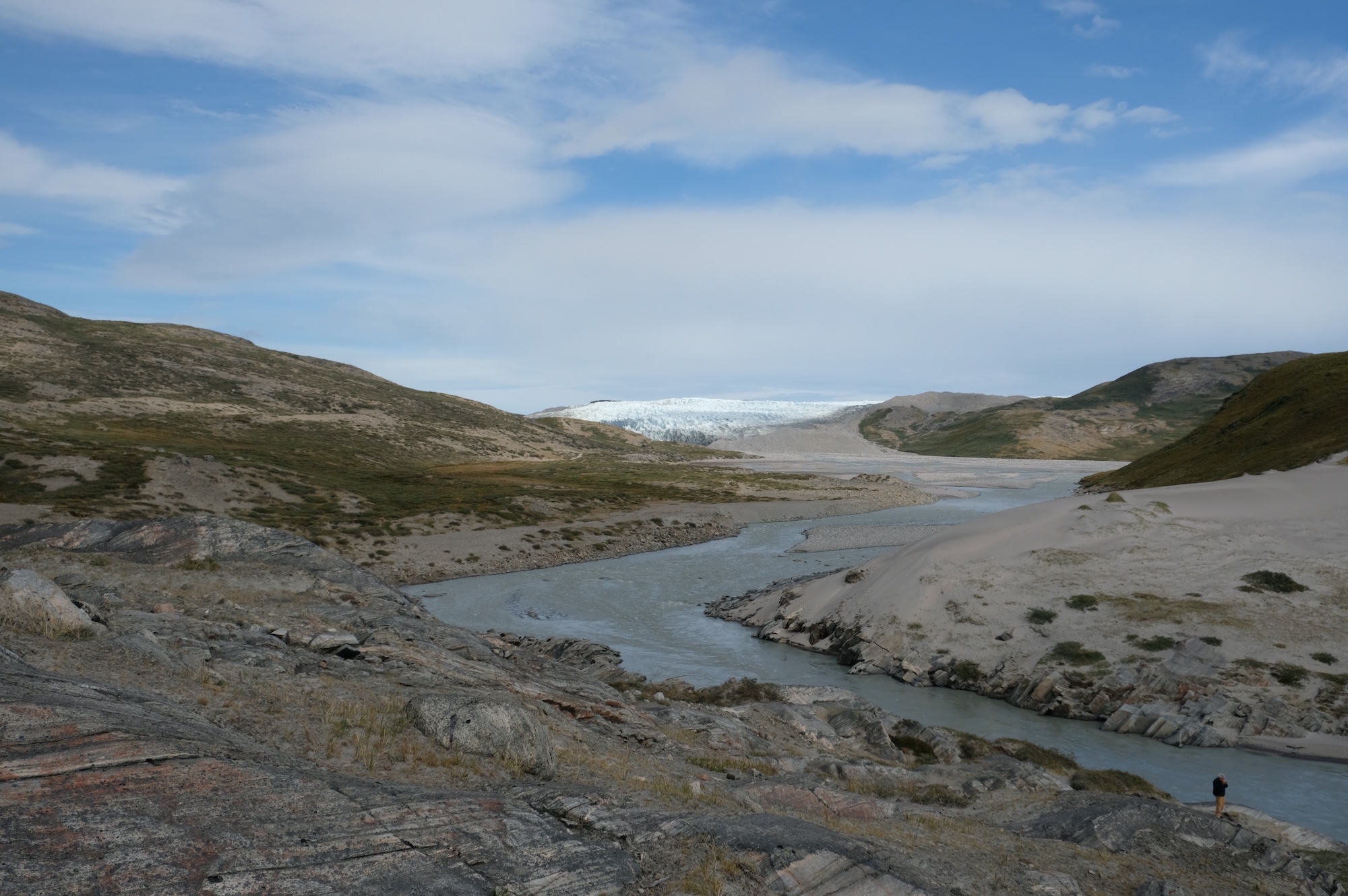



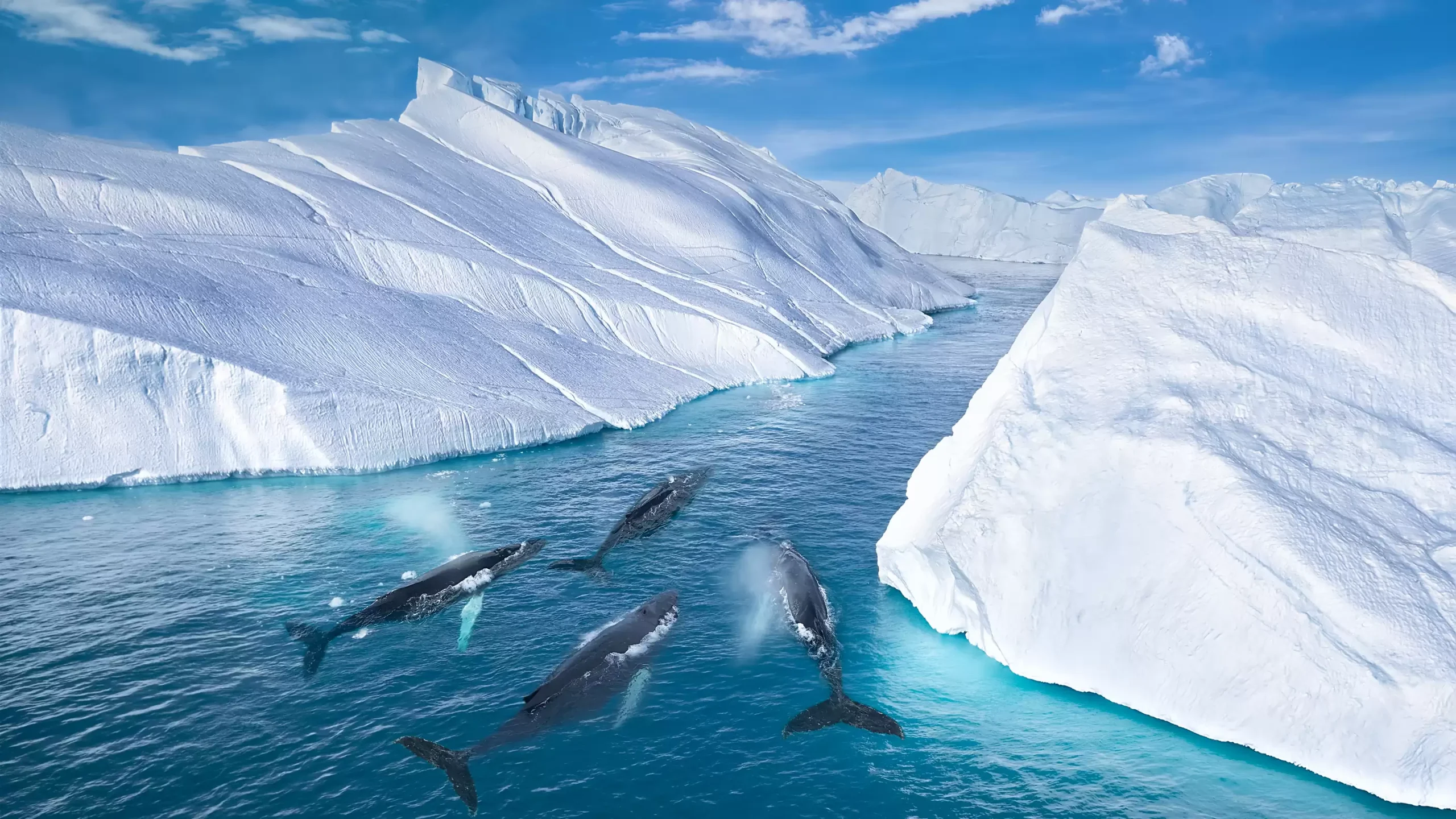

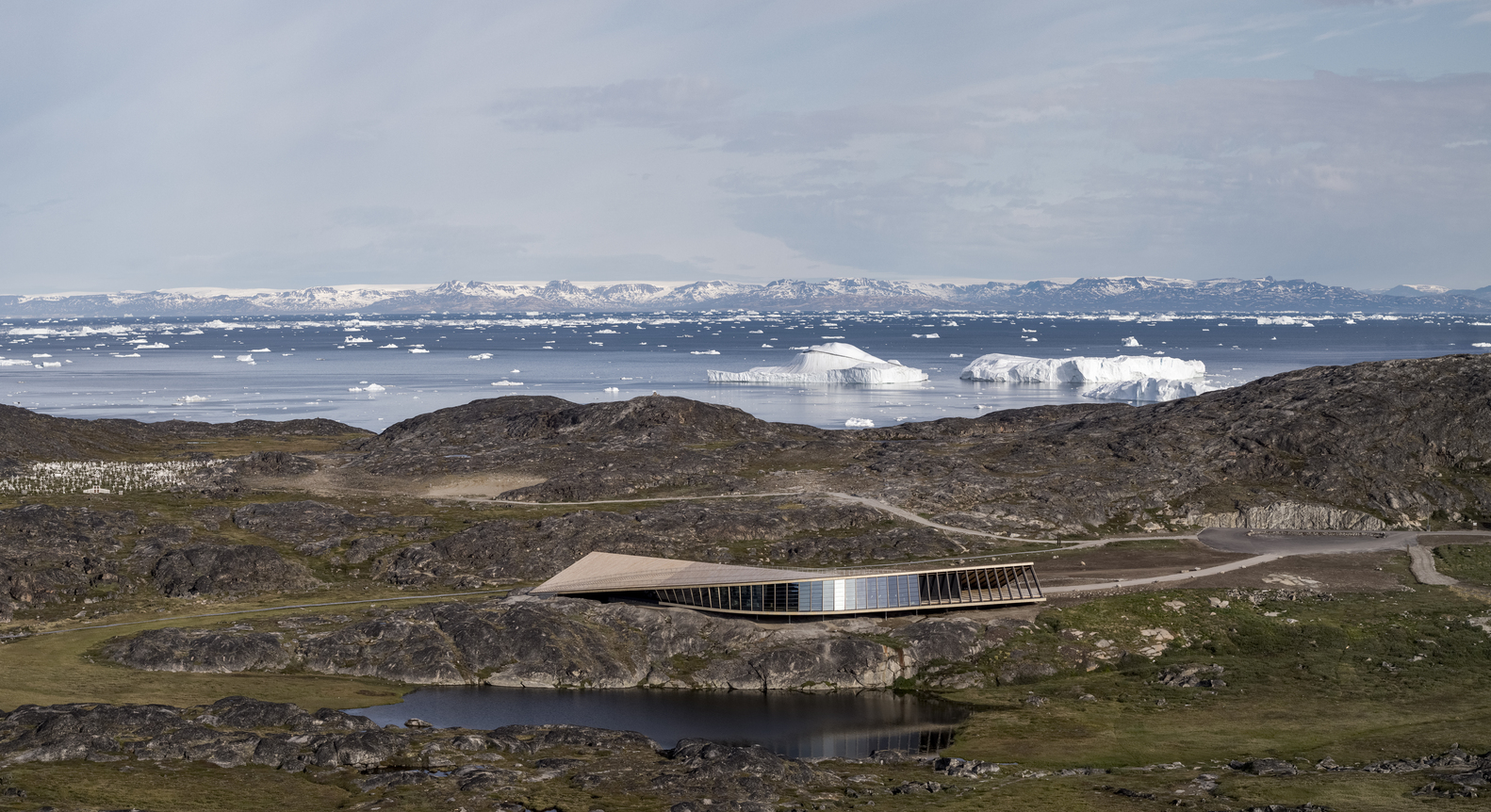

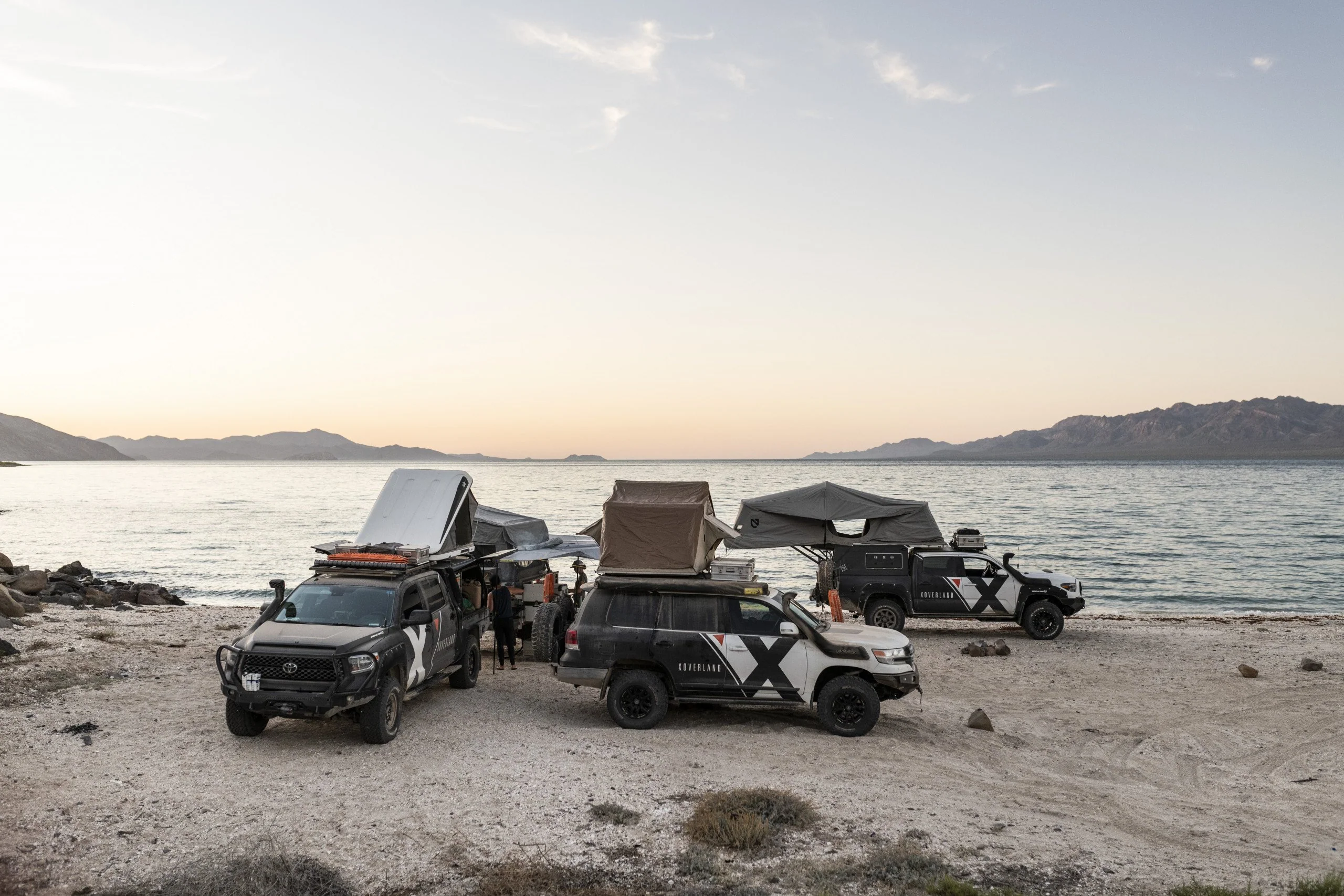

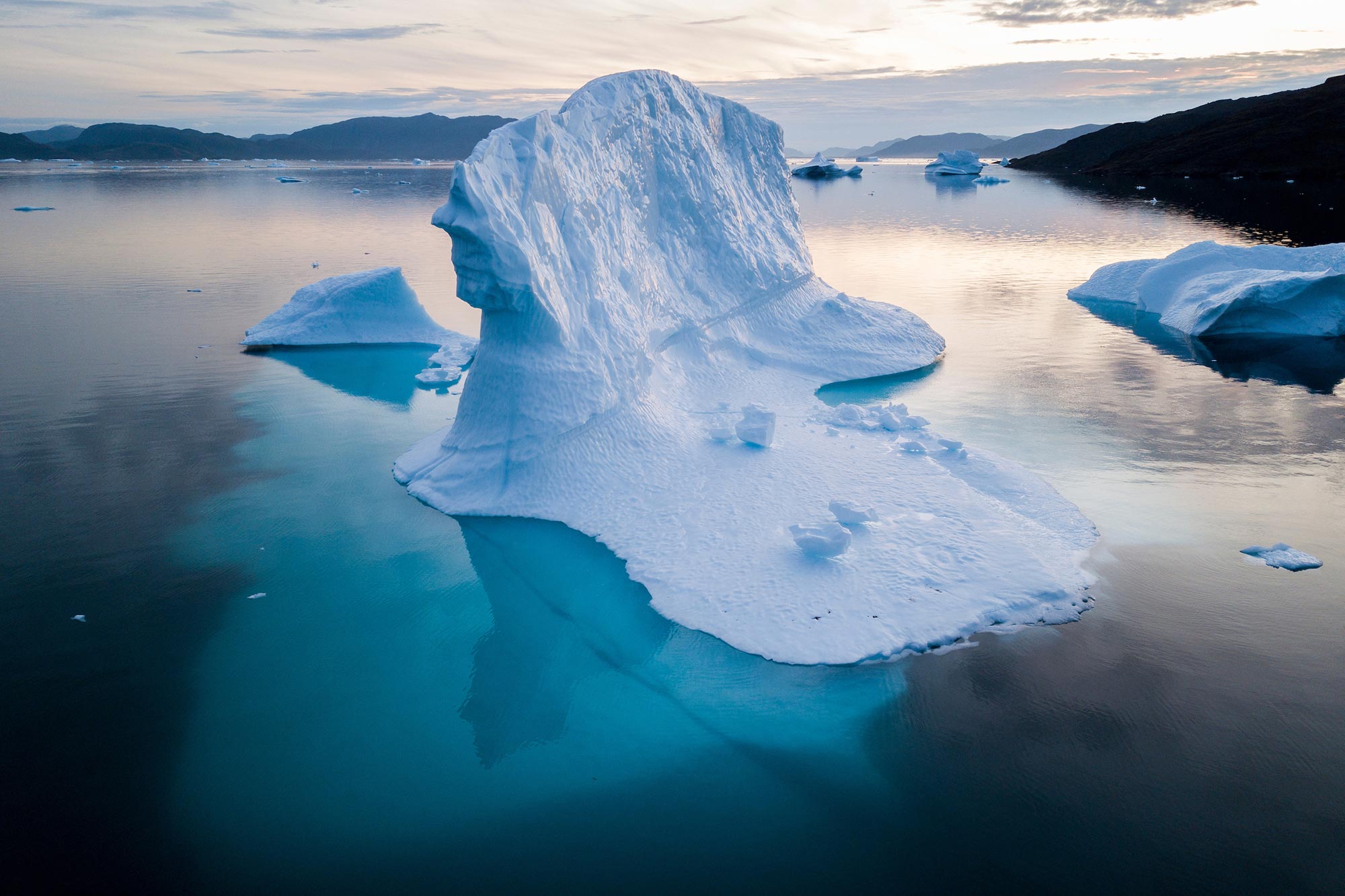

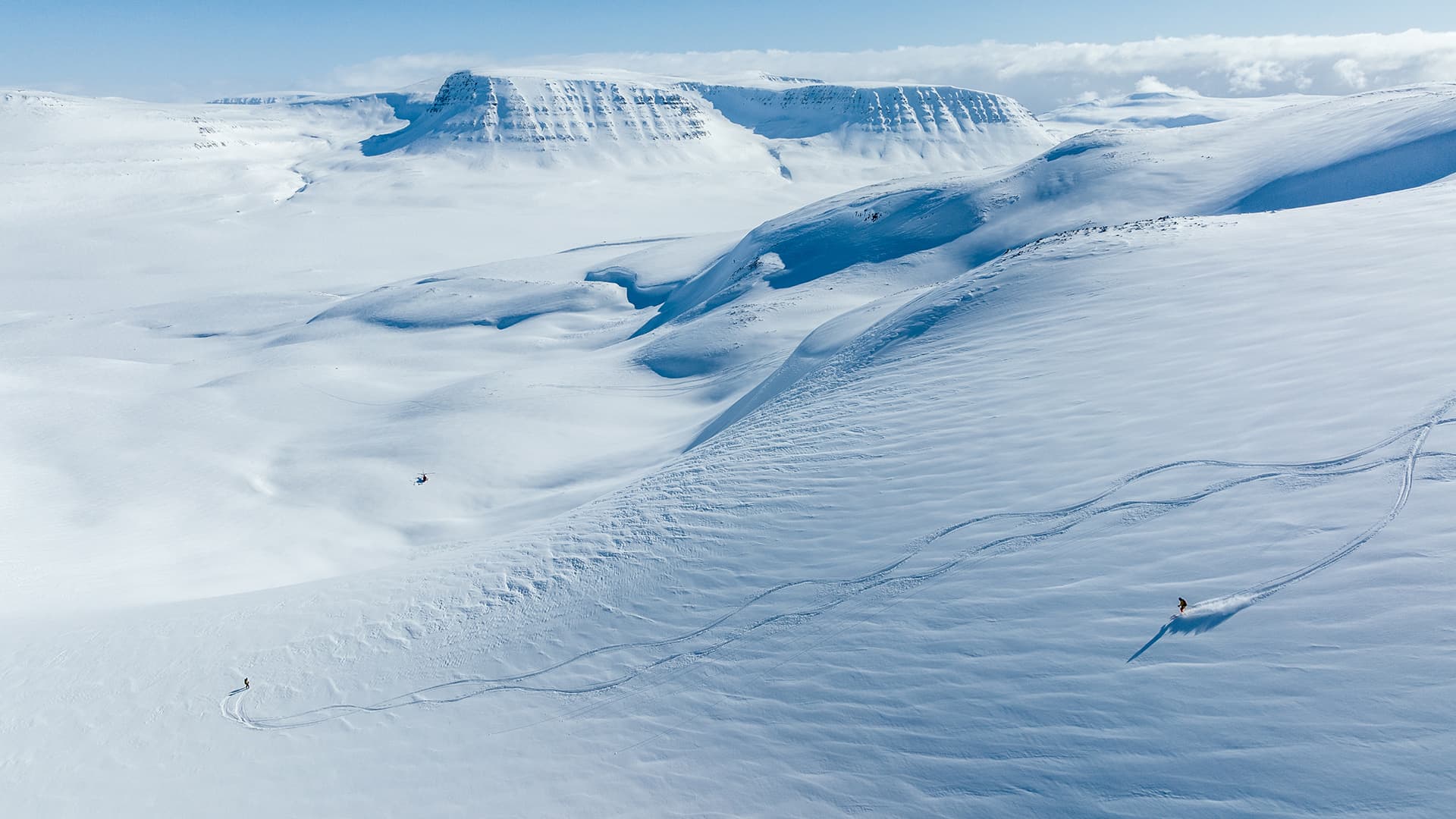





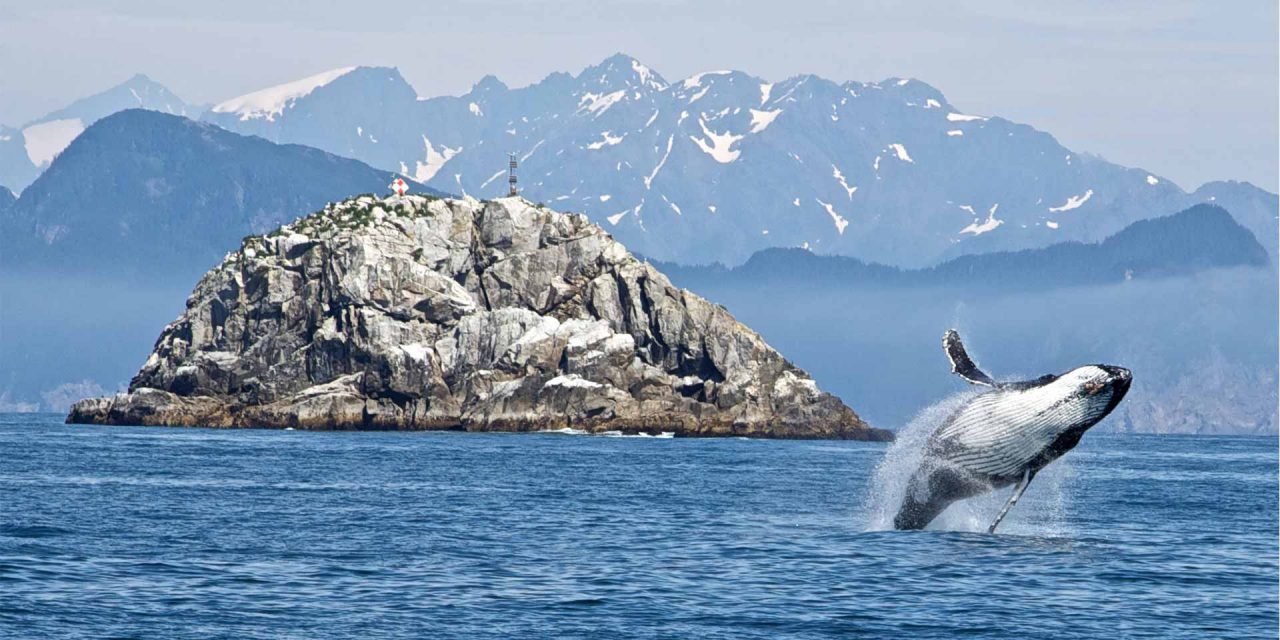

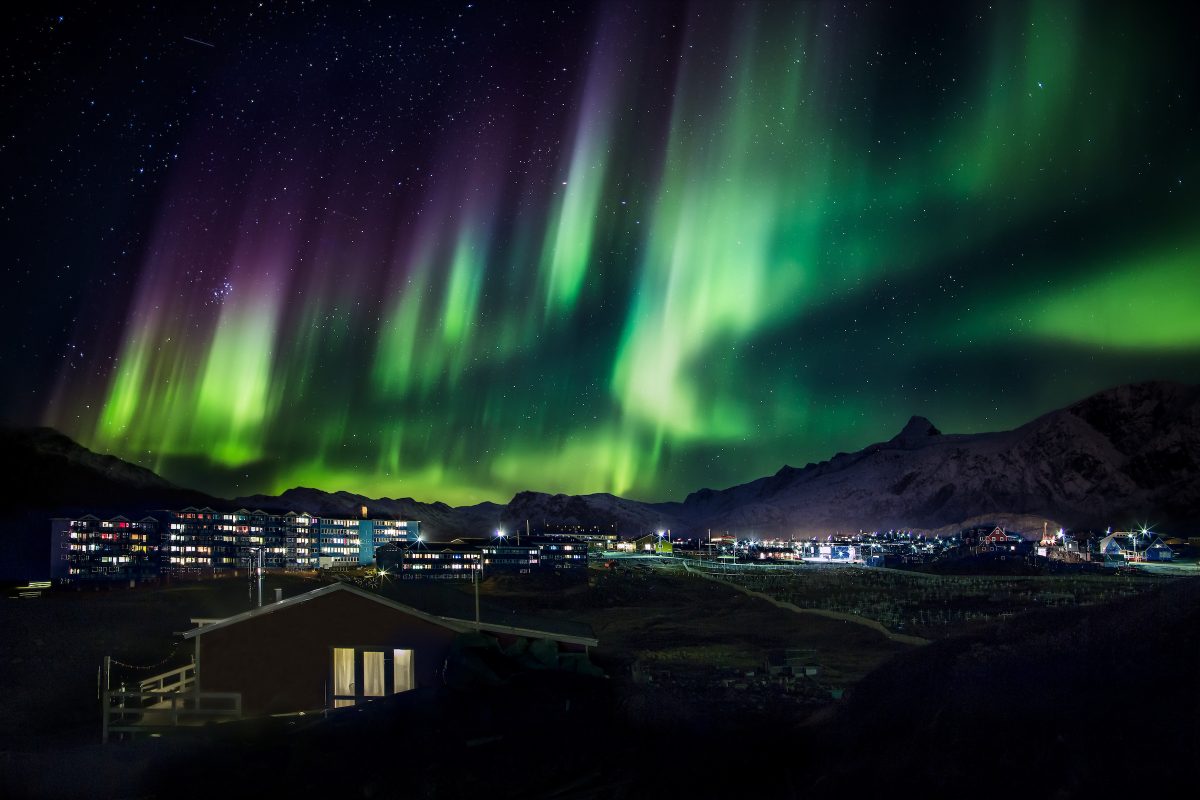

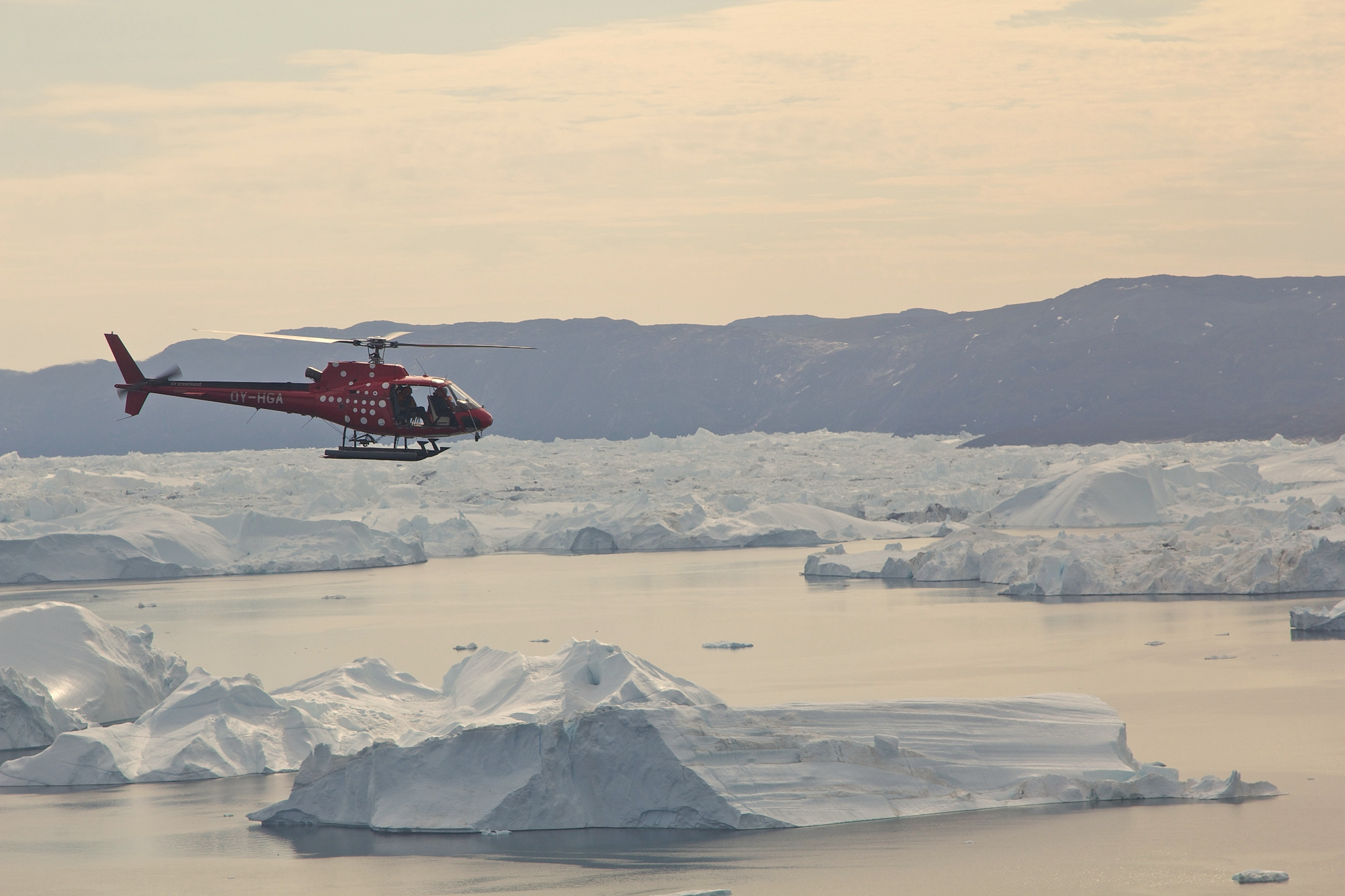

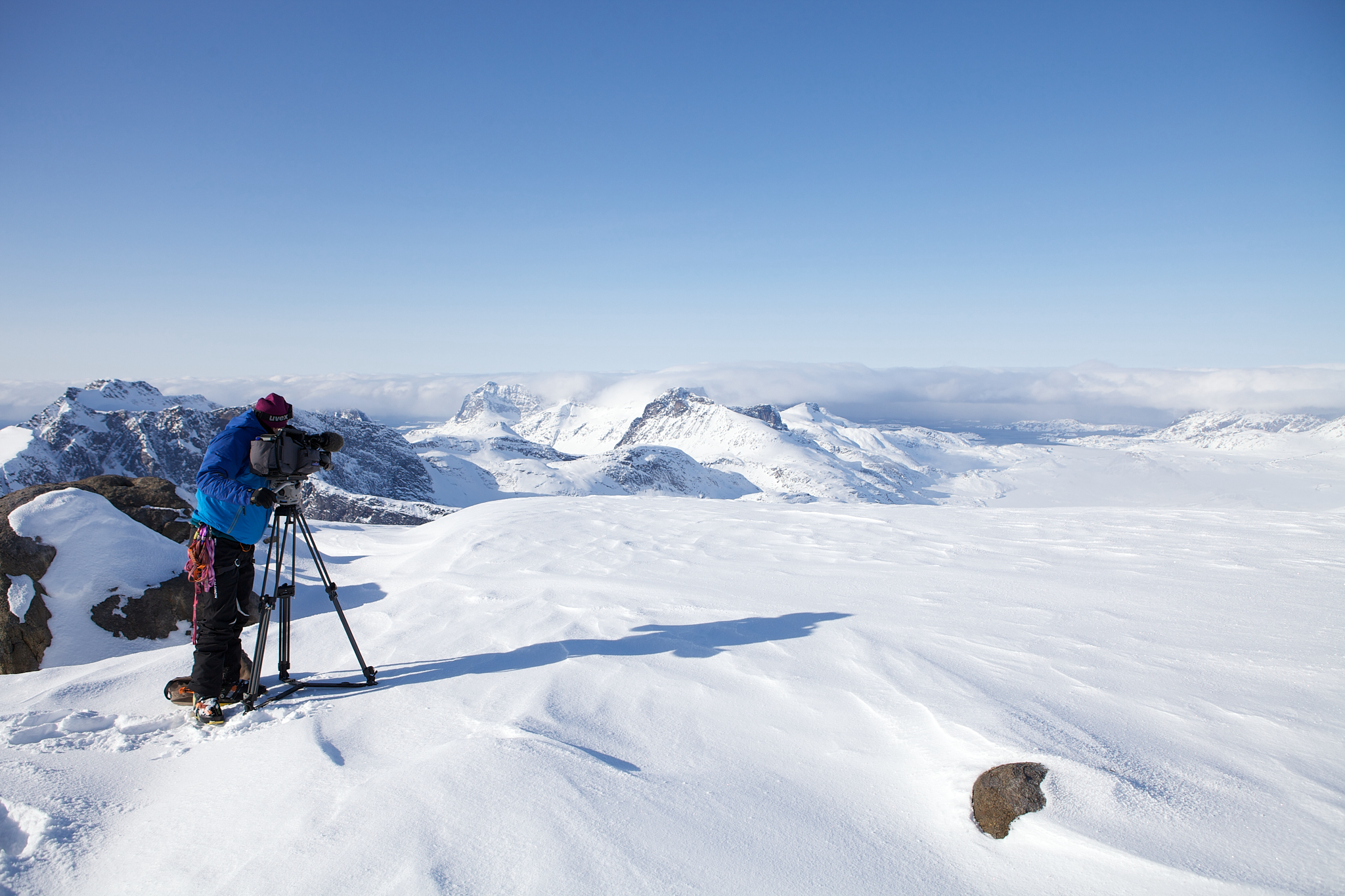

load more
Need to know facts
Due to minimal human interference, Greenland offers vast and stunning undeveloped landscapes, dramatic lighting, midnight sun in the summer and northern lights (Aurora Borealis) in the autumn and winter period. Greenland is home to Arctic wildlife such as polar bears, seals, musk oxen, and whales.
Average shoot day cost
$100.000
Incentive
Regional funding
Population
56.661
Capital
Nuuk
Time zone
UTC+0 to -4 (GMT)
Currency
Danish krone (DKK)
Greenland offers a unique and captivating backdrop for filming projects, making it an increasingly popular destination for filmmakers seeking to capture stunning visuals and authentic narratives. Here are several compelling reasons to consider Greenland for your next filming endeavor:
1. Breathtaking Landscapes: Greenland is renowned for its dramatic and diverse landscapes, ranging from towering icebergs and expansive glaciers to rugged mountains and serene fjords. The stark beauty of the Arctic environment provides a visually striking setting that can enhance the aesthetic quality of any film.
2. Transparent and cost efficient budgeting
We believe in complete transparency when budgeting. Danish crew members are very flexible and understand the importance of supporting all other departments, which will streamline each production and reduce costs.
3. Unique Cultural Heritage: The rich cultural history of Greenland, shaped by its Indigenous Inuit population, offers filmmakers the opportunity to explore and portray unique stories and traditions. Engaging with local communities can add depth and authenticity to your project, providing insights into a way of life that is both fascinating and distinct.
4. Diverse Ecosystems: The varied ecosystems found in Greenland, including tundra, coastal regions, and ice-covered areas, allow for a wide range of filming possibilities. Whether you are looking to capture wildlife, natural phenomena, or the stark contrasts of the Arctic environment, Greenland's ecosystems provide a versatile canvas for storytelling.
5. Long Daylight Hours: During the summer months, Greenland experiences extended daylight hours, which can be advantageous for filming. The unique lighting conditions, including the soft glow of the midnight sun, can create visually stunning scenes that are difficult to replicate elsewhere.
6. Accessibility to remote locations: While Greenland is remote, advancements in transportation and infrastructure have made it more accessible for filmmakers. Charter flights, boat services, and local guidance can help navigate in the challenging terrain, allowing crews to reach even the most secluded and picturesque locations.
6. Environmental awareness: Filming in Greenland can also raise awareness about climate change and environmental issues. By showcasing the beauty and fragility of the Arctic landscape, film-makers can contribute to important conversations about conservation and sustainability, making their projects not only visually appealing but also socially relevant.
In conclusion, Greenland presents a wealth of opportunities for filmmakers seeking to create visually stunning and meaningful content. Its unparalleled natural beauty, rich cultural heritage, and unique environmental context make it an ideal location for a wide range of filming projects.
1. Breathtaking Landscapes: Greenland is renowned for its dramatic and diverse landscapes, ranging from towering icebergs and expansive glaciers to rugged mountains and serene fjords. The stark beauty of the Arctic environment provides a visually striking setting that can enhance the aesthetic quality of any film.
2. Transparent and cost efficient budgeting
We believe in complete transparency when budgeting. Danish crew members are very flexible and understand the importance of supporting all other departments, which will streamline each production and reduce costs.
3. Unique Cultural Heritage: The rich cultural history of Greenland, shaped by its Indigenous Inuit population, offers filmmakers the opportunity to explore and portray unique stories and traditions. Engaging with local communities can add depth and authenticity to your project, providing insights into a way of life that is both fascinating and distinct.
4. Diverse Ecosystems: The varied ecosystems found in Greenland, including tundra, coastal regions, and ice-covered areas, allow for a wide range of filming possibilities. Whether you are looking to capture wildlife, natural phenomena, or the stark contrasts of the Arctic environment, Greenland's ecosystems provide a versatile canvas for storytelling.
5. Long Daylight Hours: During the summer months, Greenland experiences extended daylight hours, which can be advantageous for filming. The unique lighting conditions, including the soft glow of the midnight sun, can create visually stunning scenes that are difficult to replicate elsewhere.
6. Accessibility to remote locations: While Greenland is remote, advancements in transportation and infrastructure have made it more accessible for filmmakers. Charter flights, boat services, and local guidance can help navigate in the challenging terrain, allowing crews to reach even the most secluded and picturesque locations.
6. Environmental awareness: Filming in Greenland can also raise awareness about climate change and environmental issues. By showcasing the beauty and fragility of the Arctic landscape, film-makers can contribute to important conversations about conservation and sustainability, making their projects not only visually appealing but also socially relevant.
In conclusion, Greenland presents a wealth of opportunities for filmmakers seeking to create visually stunning and meaningful content. Its unparalleled natural beauty, rich cultural heritage, and unique environmental context make it an ideal location for a wide range of filming projects.
Greenland offers a diverse pool of talent for filmmakers seeking local cast members for their projects. The growing interest in the film industry has led to the emergence of skilled actors and performers from various backgrounds, including Indigenous Inuit communities. These local talents bring authenticity and cultural depth to productions, enhancing storytelling through their unique perspectives and experiences.
Additionally, many Greenlandic actors are fluent in both Greenlandic, Danish and English, providing valuable linguistic versatility for projects aimed at international audiences. Collaborating with local talent not only enriches the film but also fosters community engagement and support for the arts in Greenland.
However, an important note would be, that due to the very small population, the amount of skilled actors are rather limited, compared to most other countries.
Additionally, many Greenlandic actors are fluent in both Greenlandic, Danish and English, providing valuable linguistic versatility for projects aimed at international audiences. Collaborating with local talent not only enriches the film but also fosters community engagement and support for the arts in Greenland.
However, an important note would be, that due to the very small population, the amount of skilled actors are rather limited, compared to most other countries.
An average 10 hours shooting day in Greenland is approx $100.000
This ball park figure is based on shooting on location in the capitol Nuuk, with a medium size crew.
This ball park figure is based on shooting on location in the capitol Nuuk, with a medium size crew.
Permit processing time is usually 14 working days. Handed in 14 days ahead - we usually get answers within a few days.
The municipalities are very supportive and film friendly.
The municipalities are very supportive and film friendly.
Due to the limited amount of film & tv productions taking place in Greenland, there is not an established film industry in Greenland. We recommend bringing crew members from Denmark.
Danish film crew members are highly experienced due to long tradition of film making by internationally acclaimed directors.
The entire Nordic region is known for very flexible and adaptable crew members, supporting productions with the efficient Scandinavian approach.
A standard day length in Greenland is 8 hours (including 45 min. lunch)
Overtime:
9th-10th hour: +50%
11th-12th hour: +100%
13th hour: +150%
14th hour & onwards: +200%
Danish film crew members are highly experienced due to long tradition of film making by internationally acclaimed directors.
The entire Nordic region is known for very flexible and adaptable crew members, supporting productions with the efficient Scandinavian approach.
A standard day length in Greenland is 8 hours (including 45 min. lunch)
Overtime:
9th-10th hour: +50%
11th-12th hour: +100%
13th hour: +150%
14th hour & onwards: +200%
Greenland's climate is predominantly Arctic, characterized by long, cold winters and short, cool summers. The coastal areas experience milder temperatures due to the influence of the surrounding seas, while the inland ice sheet remains extremely cold year-round. Summer temperatures can reach up to 10°C (50°F) along the coasts, while winter temperatures can plunge to -30°C (-22°F) or lower. Greenland's climate is also marked by extreme seasonal variations in daylight, with continuous daylight in summer and long periods of darkness during winter, especially in the far north. Climate change is significantly impacting Greenland, causing glaciers to melt at an accelerated rate.
Royal Greenland – One of the world’s largest seafood producers, specializing in cold-water seafood like shrimp, halibut, and crab. It is Greenland's largest company and plays a significant role in the economy.
Air Greenland – The national airline providing both domestic and international flights. It is a key player in connecting remote areas and serving the tourism industry.
Kalaallit Airports – A government-owned company responsible for the expansion and development of Greenland's key airports to enhance infrastructure and improve connectivity.
Great Greenland – Specializing in seal fur products, this company combines traditional craftsmanship with modern fashion, producing sustainable goods while supporting local hunters.
KNI A/S – A major retail and logistics company that operates a network of stores and fuel stations across Greenland, supplying everyday goods and fuel to remote communities. It has a significant presence in rural areas.
Greenland Minerals Ltd. – An international company working on the development of mining projects, particularly rare earth minerals and uranium. The company is focused on tapping Greenland's rich mineral resources.
Tele Greenland (Tusass) – The national telecommunications provider, offering internet, phone, and mobile services throughout Greenland, including in some of the most remote areas. It's critical for Greenland's communication infrastructure.
Air Greenland – The national airline providing both domestic and international flights. It is a key player in connecting remote areas and serving the tourism industry.
Kalaallit Airports – A government-owned company responsible for the expansion and development of Greenland's key airports to enhance infrastructure and improve connectivity.
Great Greenland – Specializing in seal fur products, this company combines traditional craftsmanship with modern fashion, producing sustainable goods while supporting local hunters.
KNI A/S – A major retail and logistics company that operates a network of stores and fuel stations across Greenland, supplying everyday goods and fuel to remote communities. It has a significant presence in rural areas.
Greenland Minerals Ltd. – An international company working on the development of mining projects, particularly rare earth minerals and uranium. The company is focused on tapping Greenland's rich mineral resources.
Tele Greenland (Tusass) – The national telecommunications provider, offering internet, phone, and mobile services throughout Greenland, including in some of the most remote areas. It's critical for Greenland's communication infrastructure.
Knud Rasmussen – A legendary polar explorer and anthropologist, often regarded as one of Greenland's most famous historical figures. Born in Ilulissat, Rasmussen conducted several Arctic expeditions, documenting Inuit culture and becoming a key figure in polar exploration.
Aleqa Hammond – The first female Prime Minister of Greenland, Aleqa Hammond was a central figure in Greenlandic politics. She has been a strong advocate for greater autonomy and independence from Denmark.
Lars Emil Johansen – A prominent politician, Johansen served as the second Prime Minister of Greenland from 1991 to 1997. He has been a key figure in Greenland’s home-rule movement and played a vital role in its political development.
Julie Berthelsen – A Greenlandic pop singer, Berthelsen gained widespread recognition after participating in the Danish version of "Pop Idol." She remains a cultural icon and has brought Greenlandic culture into the mainstream.
Rasmus Lyberth – A celebrated singer and actor, Rasmus Lyberth is well-known for his music, which combines traditional Greenlandic influences with modern styles. He has helped promote Greenlandic culture on the global stage.
Aqqaluk Lynge – A respected writer, politician, and advocate for indigenous rights, Lynge is a former president of the Inuit Circumpolar Council. He has worked to preserve Inuit culture and promote indigenous issues globally.
Vivi Sørensen – A Greenlandic athlete, Sørensen is a successful long-distance runner who has competed internationally, raising awareness about Greenlandic sports and fitness.
Aleqa Hammond – The first female Prime Minister of Greenland, Aleqa Hammond was a central figure in Greenlandic politics. She has been a strong advocate for greater autonomy and independence from Denmark.
Lars Emil Johansen – A prominent politician, Johansen served as the second Prime Minister of Greenland from 1991 to 1997. He has been a key figure in Greenland’s home-rule movement and played a vital role in its political development.
Julie Berthelsen – A Greenlandic pop singer, Berthelsen gained widespread recognition after participating in the Danish version of "Pop Idol." She remains a cultural icon and has brought Greenlandic culture into the mainstream.
Rasmus Lyberth – A celebrated singer and actor, Rasmus Lyberth is well-known for his music, which combines traditional Greenlandic influences with modern styles. He has helped promote Greenlandic culture on the global stage.
Aqqaluk Lynge – A respected writer, politician, and advocate for indigenous rights, Lynge is a former president of the Inuit Circumpolar Council. He has worked to preserve Inuit culture and promote indigenous issues globally.
Vivi Sørensen – A Greenlandic athlete, Sørensen is a successful long-distance runner who has competed internationally, raising awareness about Greenlandic sports and fitness.
Greenland's history is shaped by its indigenous Inuit culture, dating back over 4,500 years. The island was first inhabited by Paleo-Eskimo groups, followed by the Norse settlers who arrived in the 10th century under the leadership of Erik the Red. Greenland became a Danish colony in the 18th century and remains part of the Kingdom of Denmark, though it gained home rule in 1979 and further autonomy in 2009.
Key landmarks include Qilakitsoq, where the famous Greenland mummies were discovered, Ilulissat Icefjord, a UNESCO World Heritage site, and Hvalsey Church, the ruins of one of the best-preserved Norse structures. Nuuk, the capital, is home to the National Museum of Greenland, showcasing the island's rich cultural and historical heritage. Filming in Greenland offers unique and untouched scenery.
Key landmarks include Qilakitsoq, where the famous Greenland mummies were discovered, Ilulissat Icefjord, a UNESCO World Heritage site, and Hvalsey Church, the ruins of one of the best-preserved Norse structures. Nuuk, the capital, is home to the National Museum of Greenland, showcasing the island's rich cultural and historical heritage. Filming in Greenland offers unique and untouched scenery.
Football (Soccer) Is the national sport in Greenland, with many local leagues and teams competing in the Greenlandic Football Championship.
Handball is widely played, especially in schools, and Greenland’s national team has competed in international tournaments, including the Handball World Championships.
Arctic Sports - Traditional Inuit games, such as the seal hop and one-foot high kick, are still practiced and are part of the Arctic Winter Games, a major multi-sport event in the region.
Badminton is a well-loved indoor sport in Greenland, with local clubs and competitions across the country.
Kayaking has deep cultural roots in Greenland, as it was originally used for hunting. Today, it's a popular recreational and competitive sport.
Ice Hockey – Due to Greenland’s Arctic climate, ice hockey is gaining popularity, especially in towns with access to ice rinks or natural ice.
Handball is widely played, especially in schools, and Greenland’s national team has competed in international tournaments, including the Handball World Championships.
Arctic Sports - Traditional Inuit games, such as the seal hop and one-foot high kick, are still practiced and are part of the Arctic Winter Games, a major multi-sport event in the region.
Badminton is a well-loved indoor sport in Greenland, with local clubs and competitions across the country.
Kayaking has deep cultural roots in Greenland, as it was originally used for hunting. Today, it's a popular recreational and competitive sport.
Ice Hockey – Due to Greenland’s Arctic climate, ice hockey is gaining popularity, especially in towns with access to ice rinks or natural ice.
Greenlandic society is deeply rooted in its unique Inuit culture, with a strong connection to nature and the environment. The people of Greenland have a deep respect for their land and traditional ways of life, including hunting, fishing, and subsistence living. Community is highly valued, and many Greenlanders live in small, close-knit towns or settlements where cooperation and support are key to daily life. Greenland's population is around 56,000, primarily concentrated along the southwest coast. The majority of the population is of Inuit descent, with a small percentage of Danish and other ethnic groups.

